LED bathroom mirrors have become an indispensable part of modern bathroom spaces. Whether it is washing in the morning or applying skin care at night, a mirror with appropriate brightness, energy efficiency, and high efficiency can significantly enhance the user experience. However, many consumers encounter issues when purchasing or using led bathroom mirror, including insufficient brightness, excessive energy consumption, or both.
If you are also hesitant about finding the balance between ideal light efficiency and energy savings, this article will help you answer the core questions. From understanding basic parameters to purchasing skills and then to usage optimisation, we will provide you with practical suggestions from the consumer's perspective.
1. Don't unthinkingly pursue wattage: Focusing on "lumen value" is the key
In traditional lighting products, people are accustomed to judging the brightness of lamps by their wattage (W). But in the field of LED lighting, wattage can no longer accurately reflect the brightness. The indicator of "lumen" (Lumen) truly represents light output.
An excellent LED mirror light should have a brightness output sufficient to illuminate facial details, such as makeup, shaving, and other operations, while at the same time keeping the wattage low to control power consumption. For example, a 5-watt LED mirror light can reach 400-500 lumens, which is sufficient for daily use.
Therefore, when choosing an LED mirror light, the first thing to pay attention to is its "light efficiency ratio", that is, how many lumens are output per watt. The higher the light efficiency ratio, the stronger the brightness per unit energy consumption, thereby achieving a balance between energy savings and practicality.
2. Appropriate colour temperature makes the light more natural and reduces light source waste
Colour temperature (in Kelvin, K) is an indicator that determines the colour of LED light. It affects not only the atmosphere, but also directly relates to the clarity and efficiency of vision. The colour temperature of LED mirror lights generally fluctuates between 3000K and 6000K:
3000K-3500K: warmer, creating a soft and warm atmosphere, suitable for relaxation at night;
4000K-5000K: natural white light, close to daylight, is the best choice for daily grooming and fine operations;
Above 5500K: cold white light, intense brightness, but easy to cause visual fatigue, not suitable for long-term use.
For most bathroom environments, it is recommended to choose a natural white light with a colour temperature of 4000K-5000K. This type of light is clear and not too glaring. It is more energy-efficient at the same brightness perception, because you don't need to increase the brightness to compensate for the discomfort caused by "unnatural light".
3. Avoid lighting "dead corners": design and distribution are equally important
The effectiveness of brightness depends not only on the parameters of the lamp beads but also on the distribution of light. Many users have purchased high-brightness LED bathroom mirrors, but still feel that "there are shadows on the face", which is a problem of uneven lighting distribution.
A good LED mirror should have a reasonable light-emitting structure, such as:
Ring light or edge light design: can evenly distribute light to avoid direct light or shadows.
Frosted light guide plate: softens the light, evenly diffuses it, and improves visual comfort;
Anti-glare treatment: improves the utilisation rate of light efficiency and reduces invalid reflections.
These designs may seem like details, but they have a significant impact on brightness perception and energy efficiency. When purchasing, check the product's light structure diagram or actual lighting effect, in addition to the parameter list.

4. Make good use of the dimming function to achieve a dynamic balance between scenes and energy consumption
Increasingly, LED mirror lights are equipped with multi-level brightness adjustment or stepless dimming functions. This not only provides more flexibility in use but also effectively controls energy consumption. For example:
When there is sufficient natural light during the day, low brightness is enough to meet the needs.
At night or in poorly lit environments, it can be adjusted to high brightness for operation.
Some high-end products even support "memory function", which automatically returns to the last setting each time it is turned on.
The addition of the dimming function allows users to dynamically adjust the lighting intensity according to environmental changes, effectively reducing power waste without sacrificing the user experience.
5. Choose a mirror light with an intelligent control function to achieve optimal power consumption
In addition to the dimming function, some LED bathroom mirrors are also equipped with intelligent sensing and timing control:
Ø Infrared sensor switch: only lights up when the user is detected approaching, avoiding unnecessary standby power consumption;
Ø Timed offsetting is suitable for situations where you forget to turn off the lights, making it especially practical.
Ø Bluetooth/APP control: adjust the brightness through a mobile phone or voice, and accurately control the lighting time and intensity.
Although these intelligent control designs appear to be advanced configurations, they offer straightforward benefits, including reduced long-term energy consumption and extended lamp life.
6. Pay attention to product certification and quality assurance to avoid potential energy consumption risks in the later stage
Even if some LED bathroom mirrors are characterised by "high brightness" and "low power consumption" in terms of parameters, if the manufacturing quality is not up to standard, it may also lead to a decline in subsequent energy efficiency. It is recommended to pay attention to the following points when purchasing:
² Whether it has an energy efficiency label (such as Energy Star, etc.).
² Whether the product has passed electrical safety certification (such as UL/ETL).
² Whether the quality of the power driver is stable (stability affects the attenuation of light efficiency).
² Whether there is good heat dissipation and a moisture-proof design between the mirror and the light source.
These guarantees not only affect the service life but also determine the energy consumption performance of the lamp throughout its life cycle.
7. Correct installation position: the key to maximising light utilisation
Even if you have an excellent LED mirror lamp, if the installation position is improper, it will not work as expected. The ideal installation method should meet the following requirements:
The light is at face height.
Keep a suitable distance from the user to avoid direct exposure to the eyes.
Avoid the light being blocked by the mirror cabinet and wall structure.
A reasonable installation angle and height can enhance the efficiency of light use, enabling you to achieve clearer and brighter lighting effects at lower power.
8. Conclusion: Brightness and energy saving do not conflict; the key lies in scientific selection and reasonable use
The advantages of LED technology are strong controllability and high energy efficiency. However, if there is a lack of scientific selection and reasonable use, even the use of LED light sources may lead to unsatisfactory light efficiency or excessive energy consumption. From understanding the basic lighting principles, paying attention to the real parameters, to adjusting and optimising according to your needs during use, every detail can affect your user experience and electricity bill.
The ideal LED mirror light should be a lighting tool that combines technology and practicality. As long as it is appropriately selected and well-managed, you can achieve a truly energy-saving lifestyle while enjoying bright lighting.

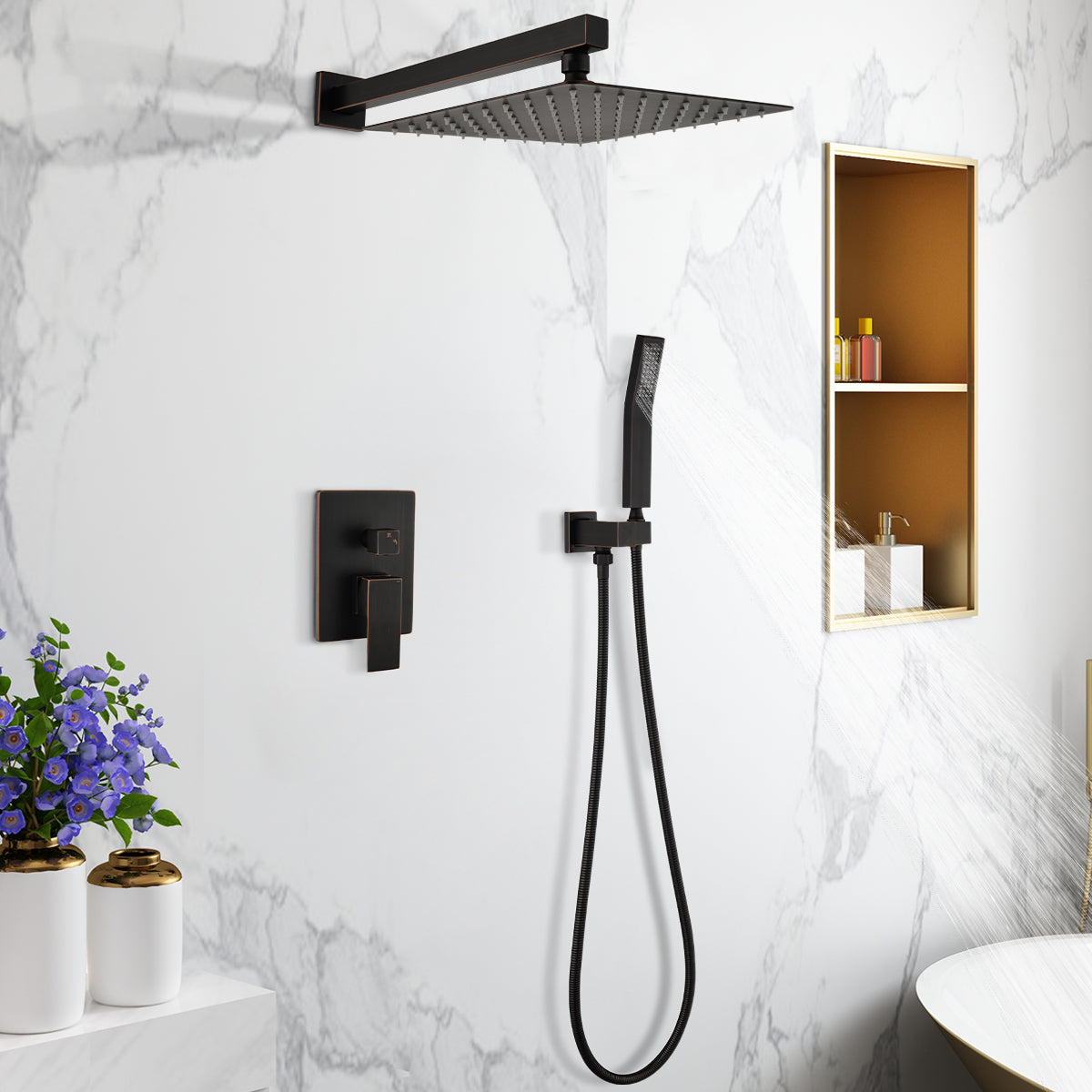
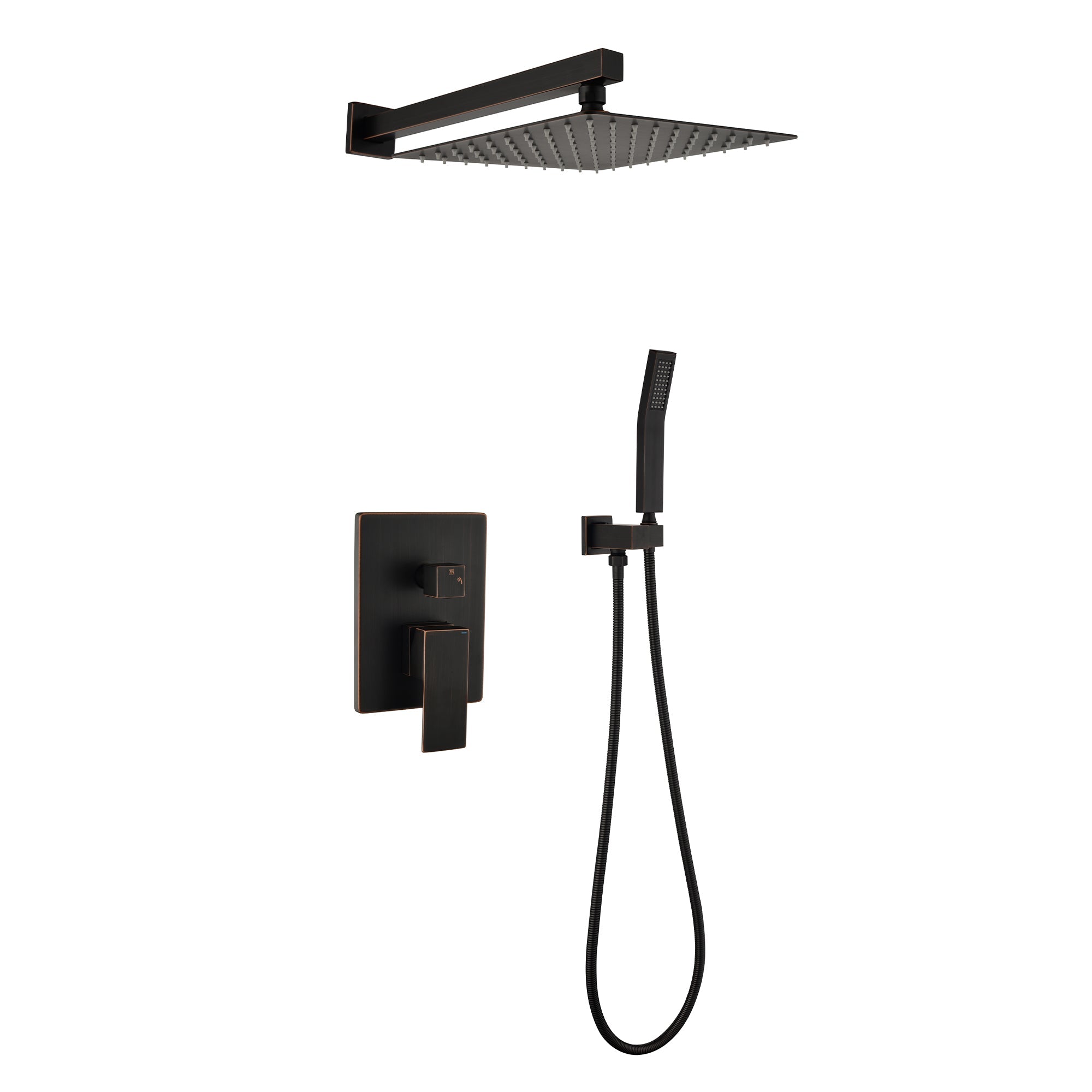


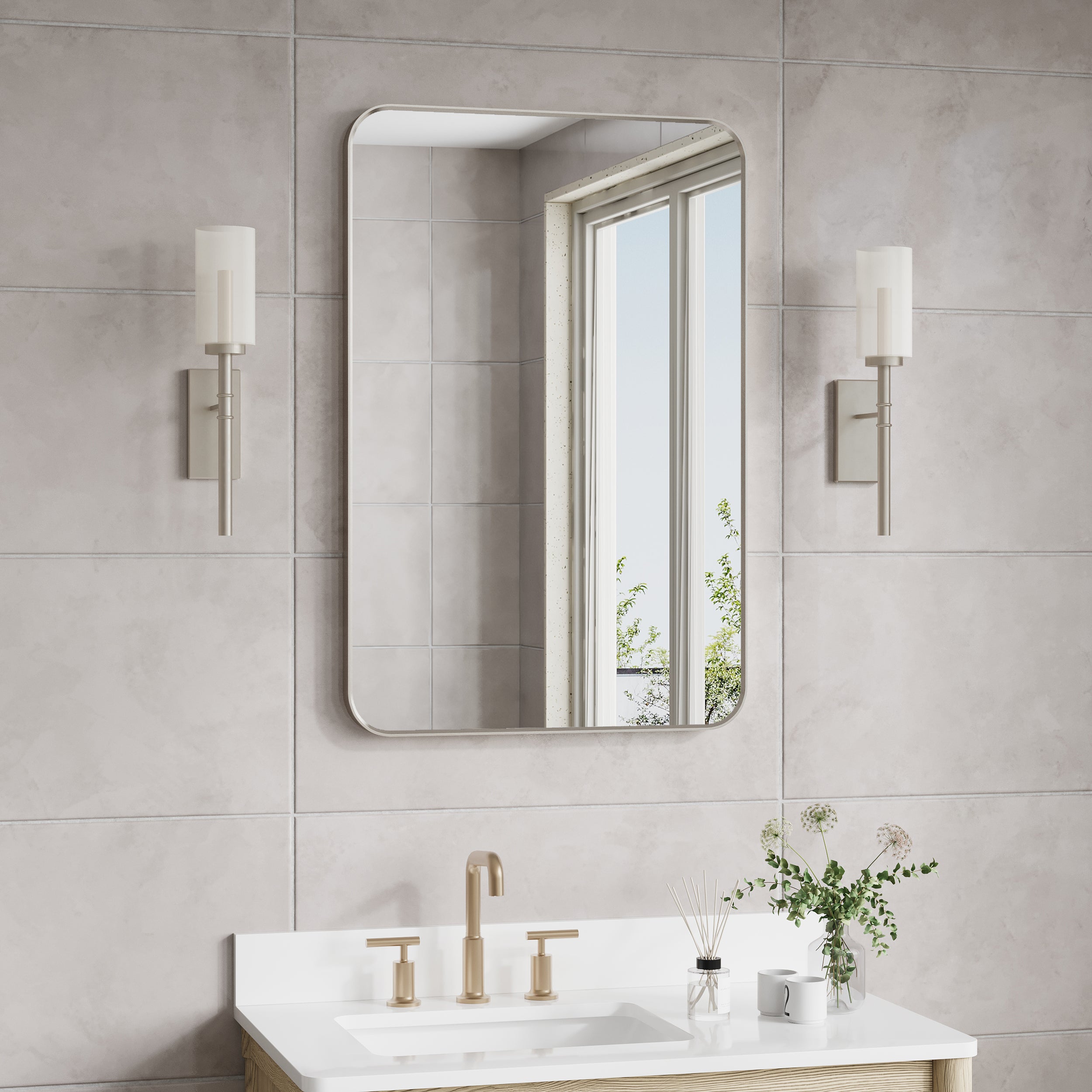
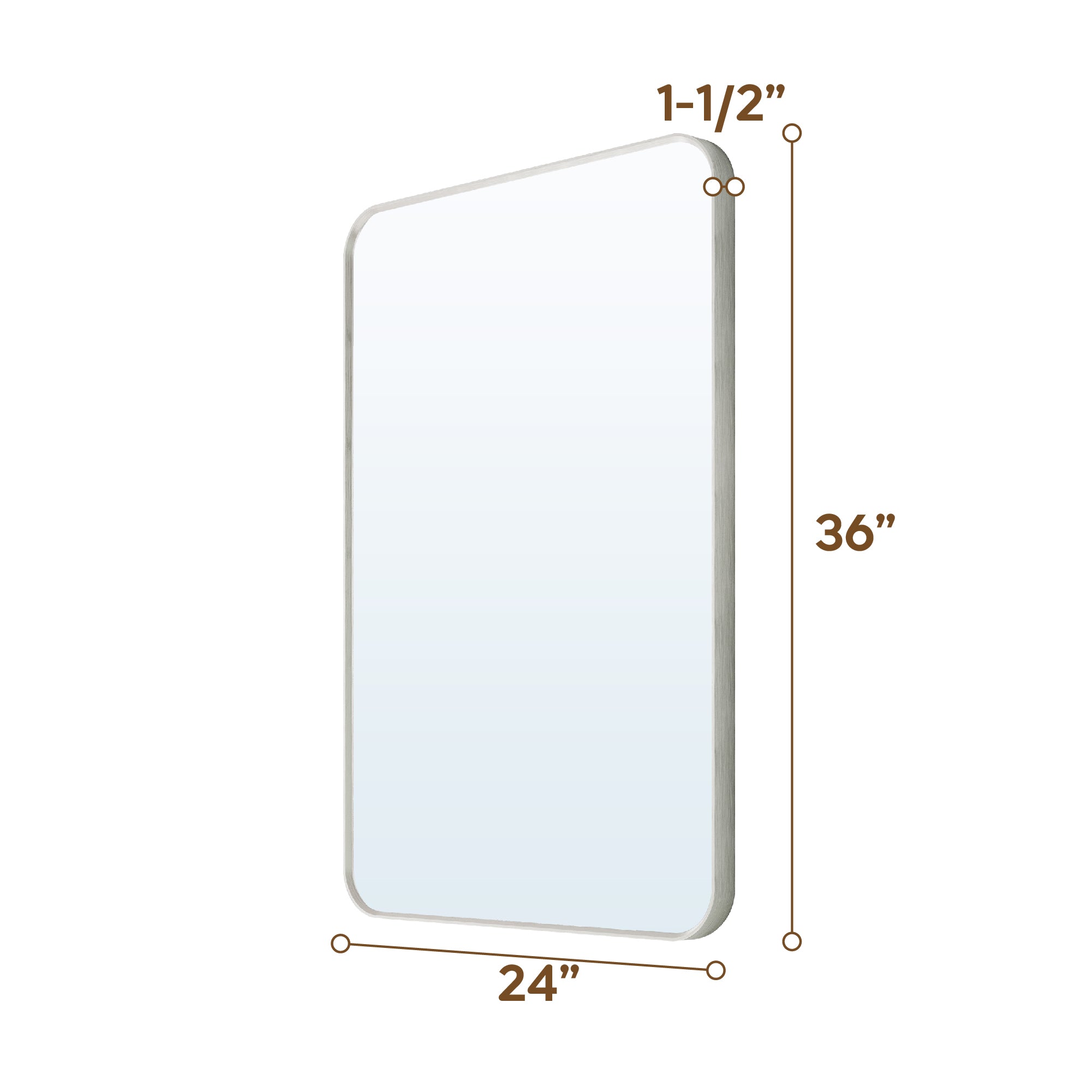

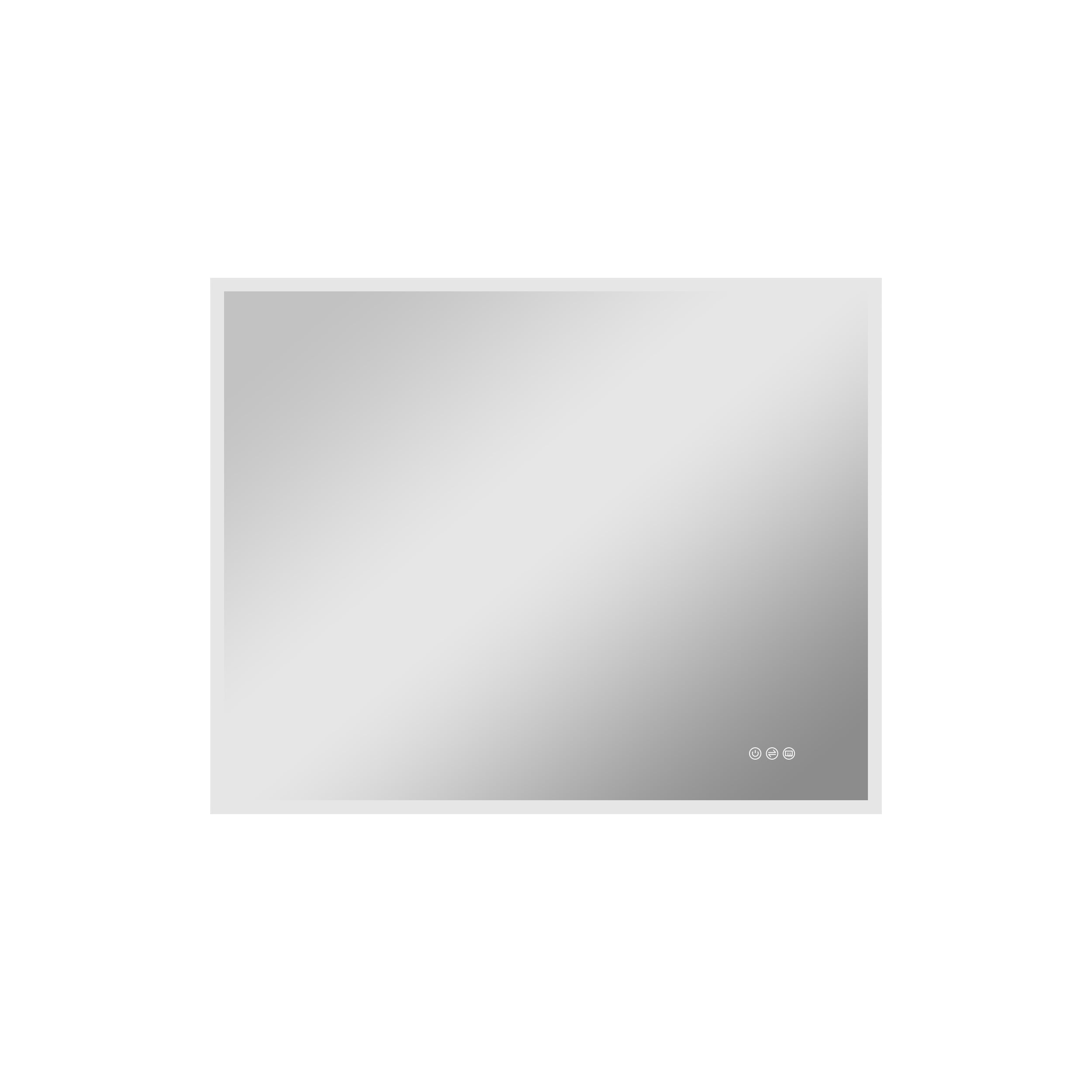
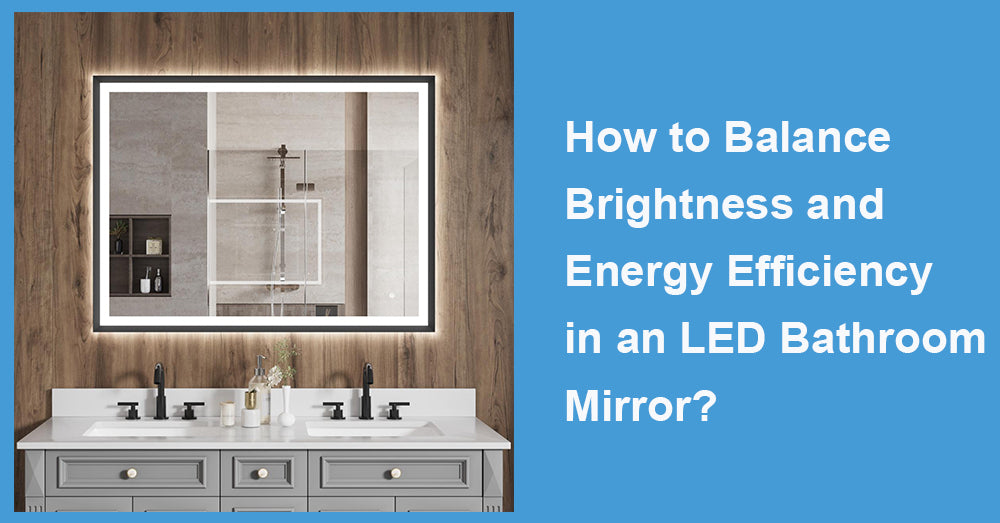
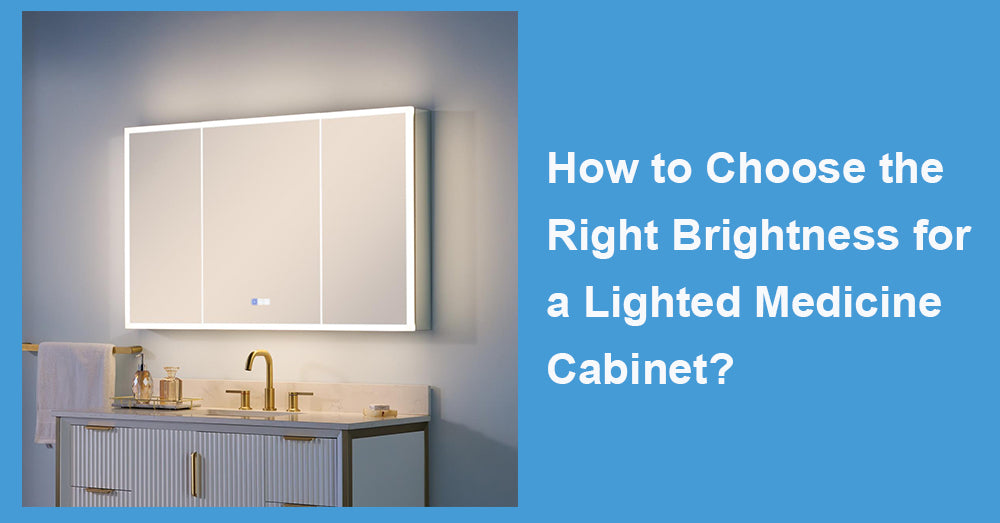
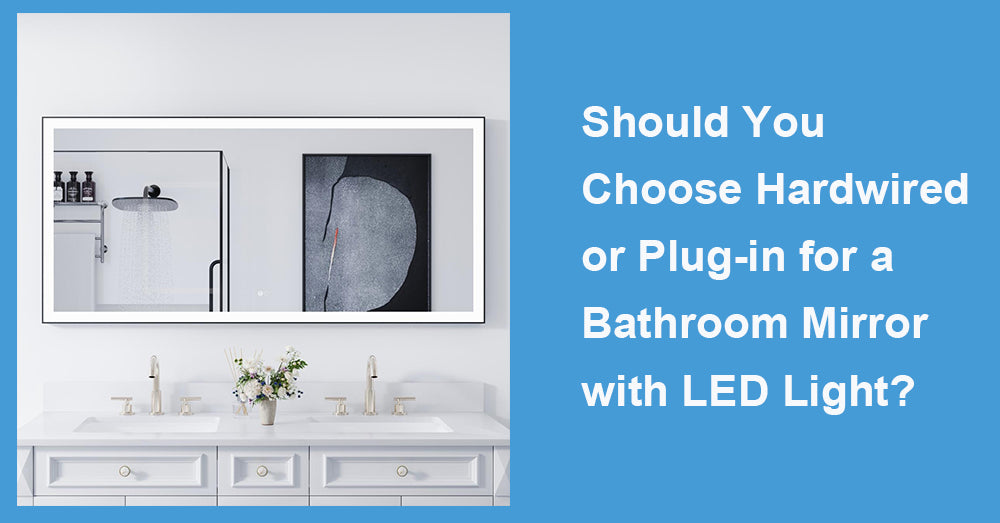
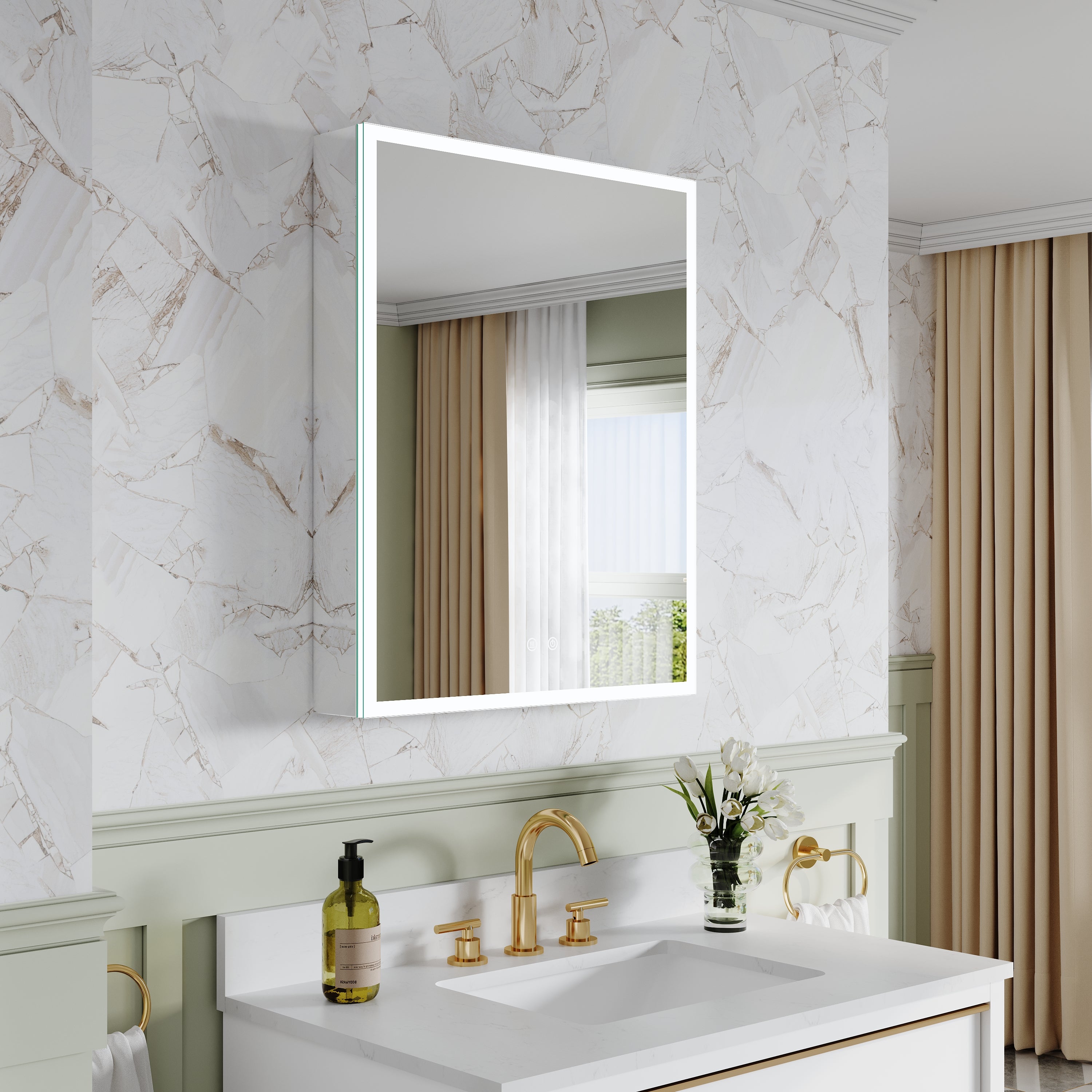
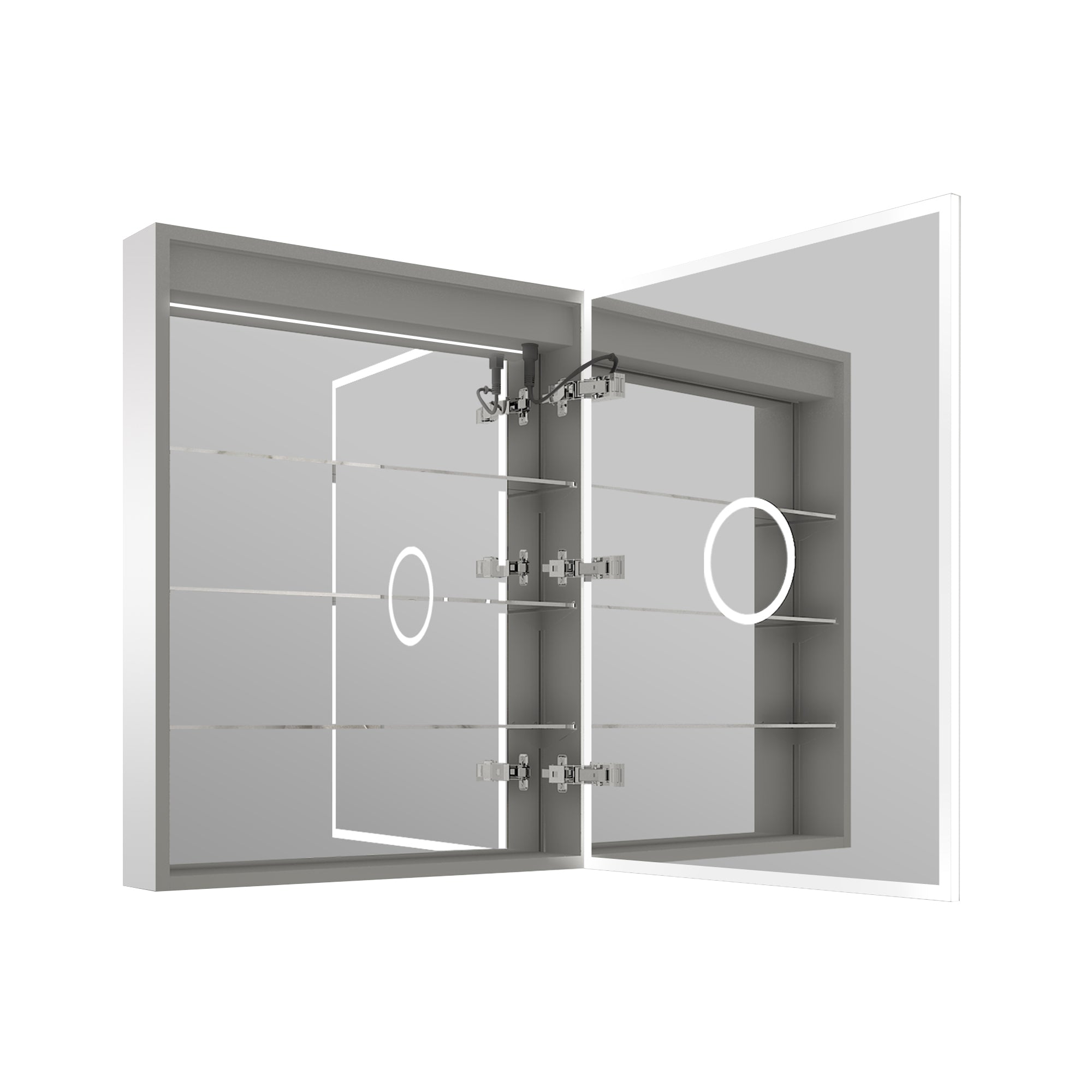
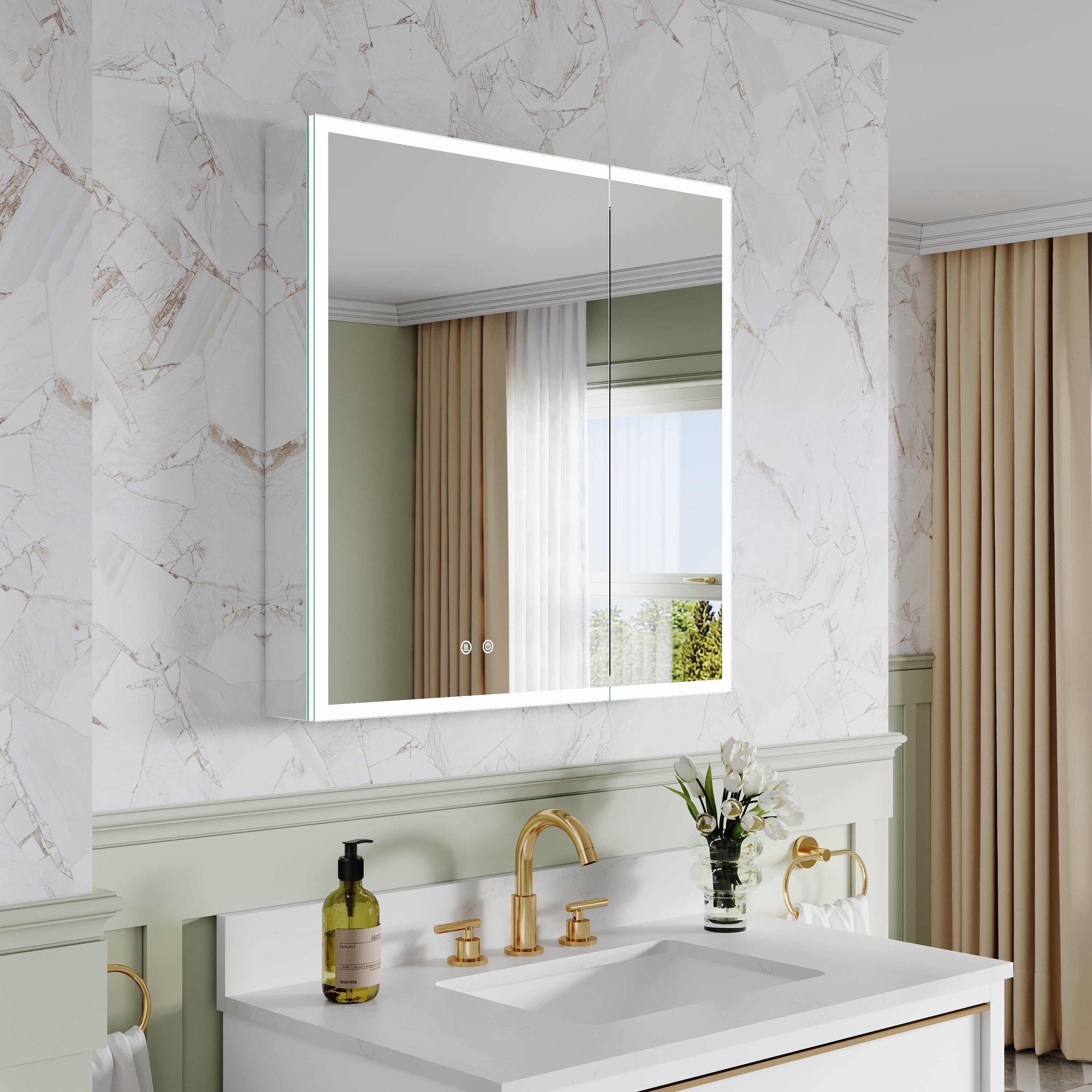
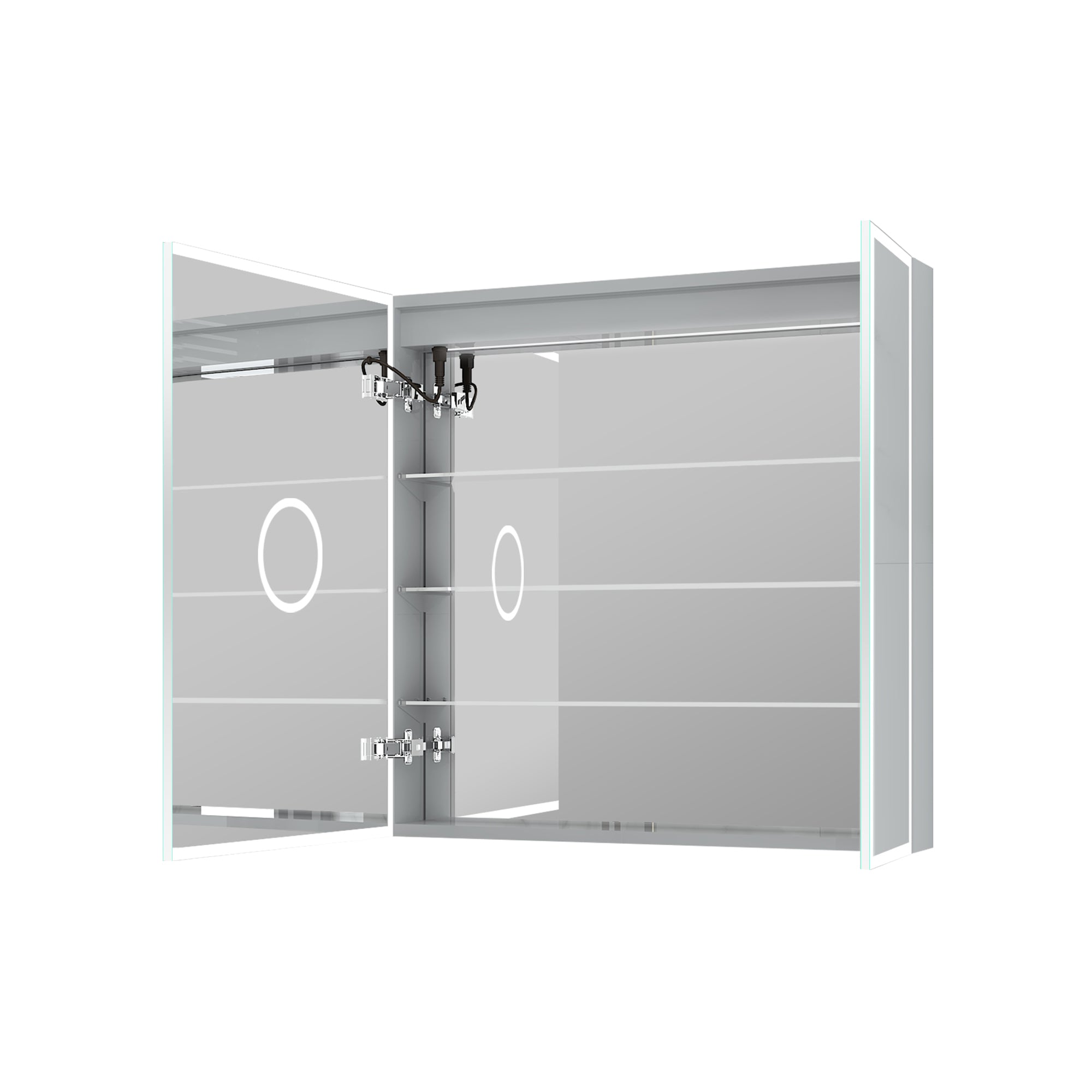
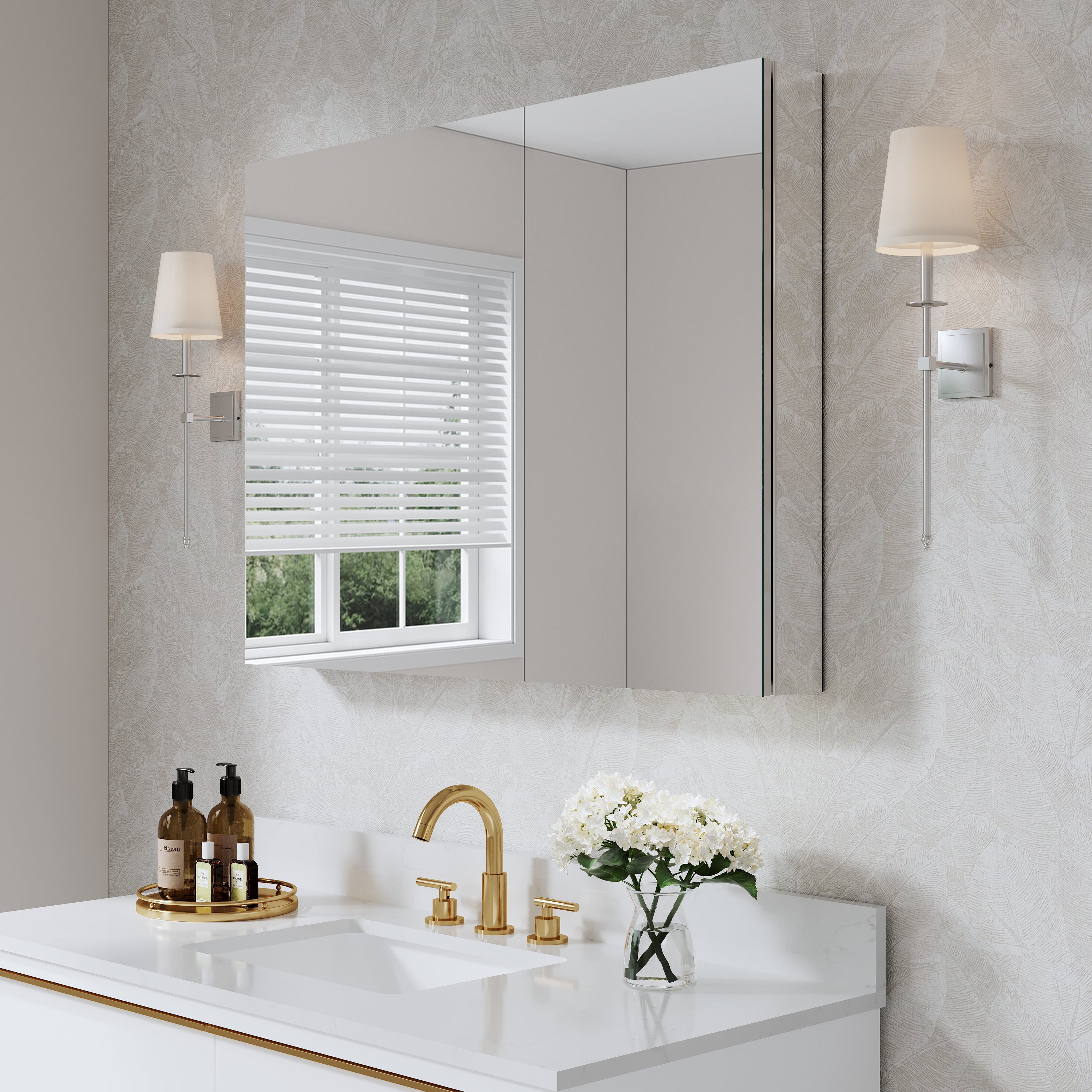

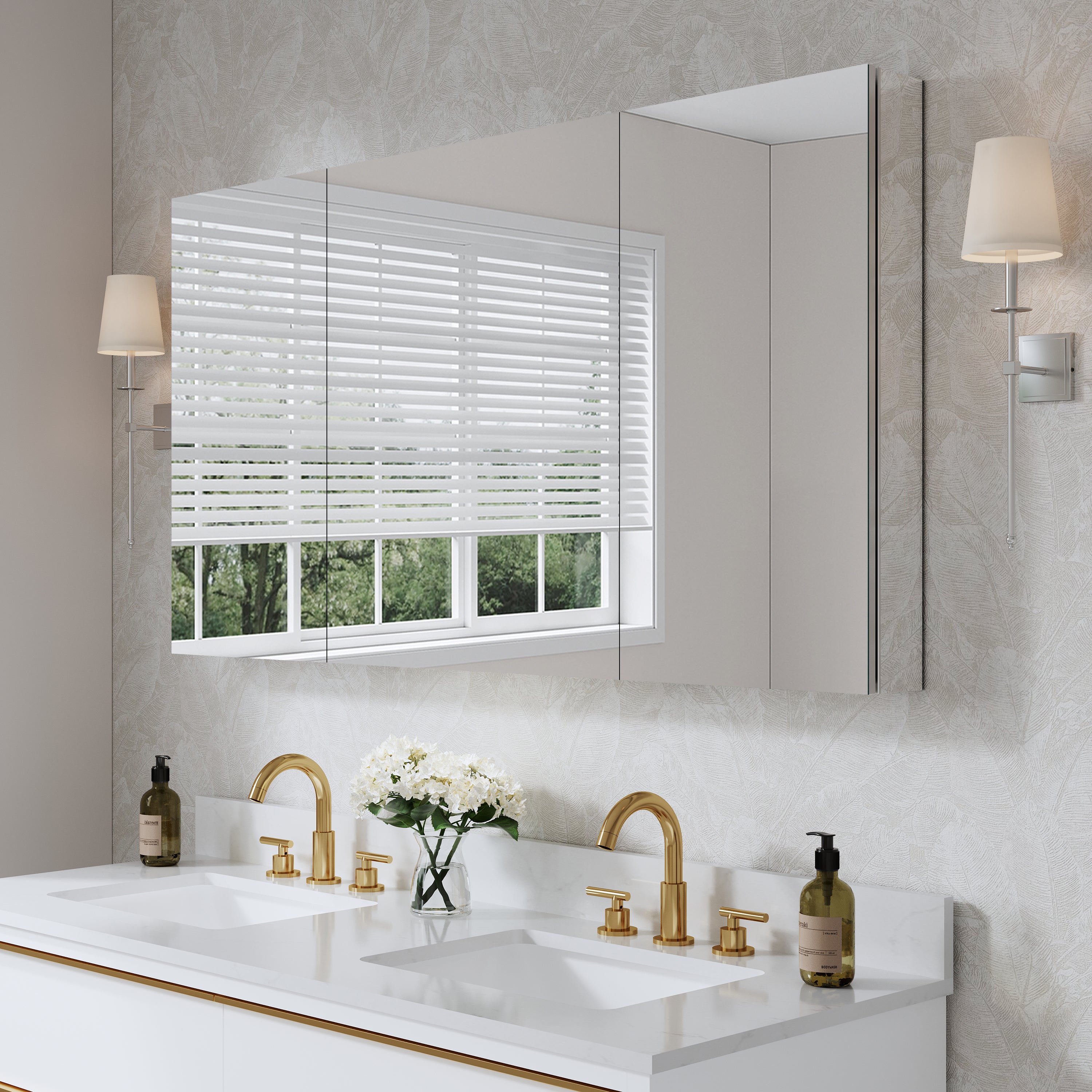

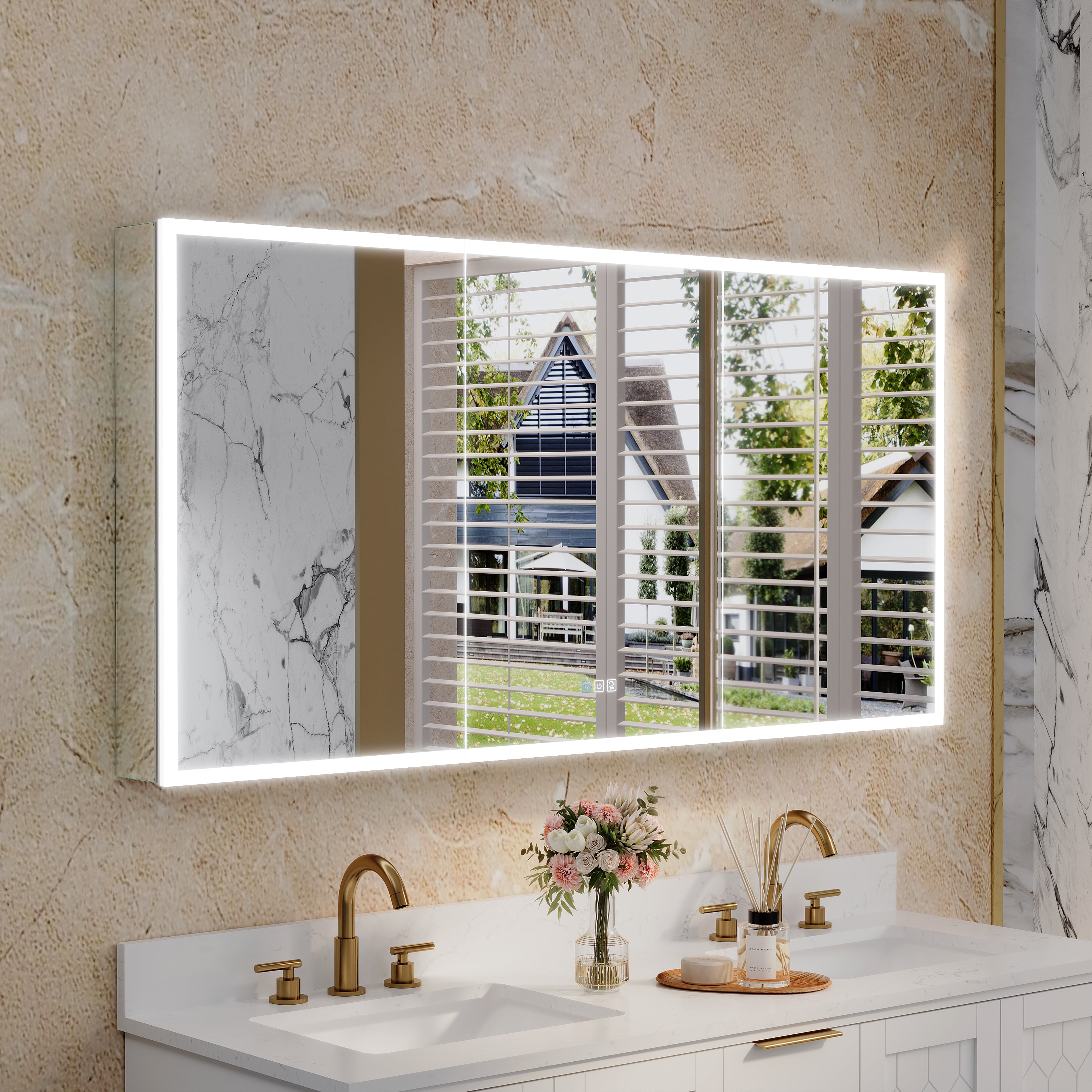

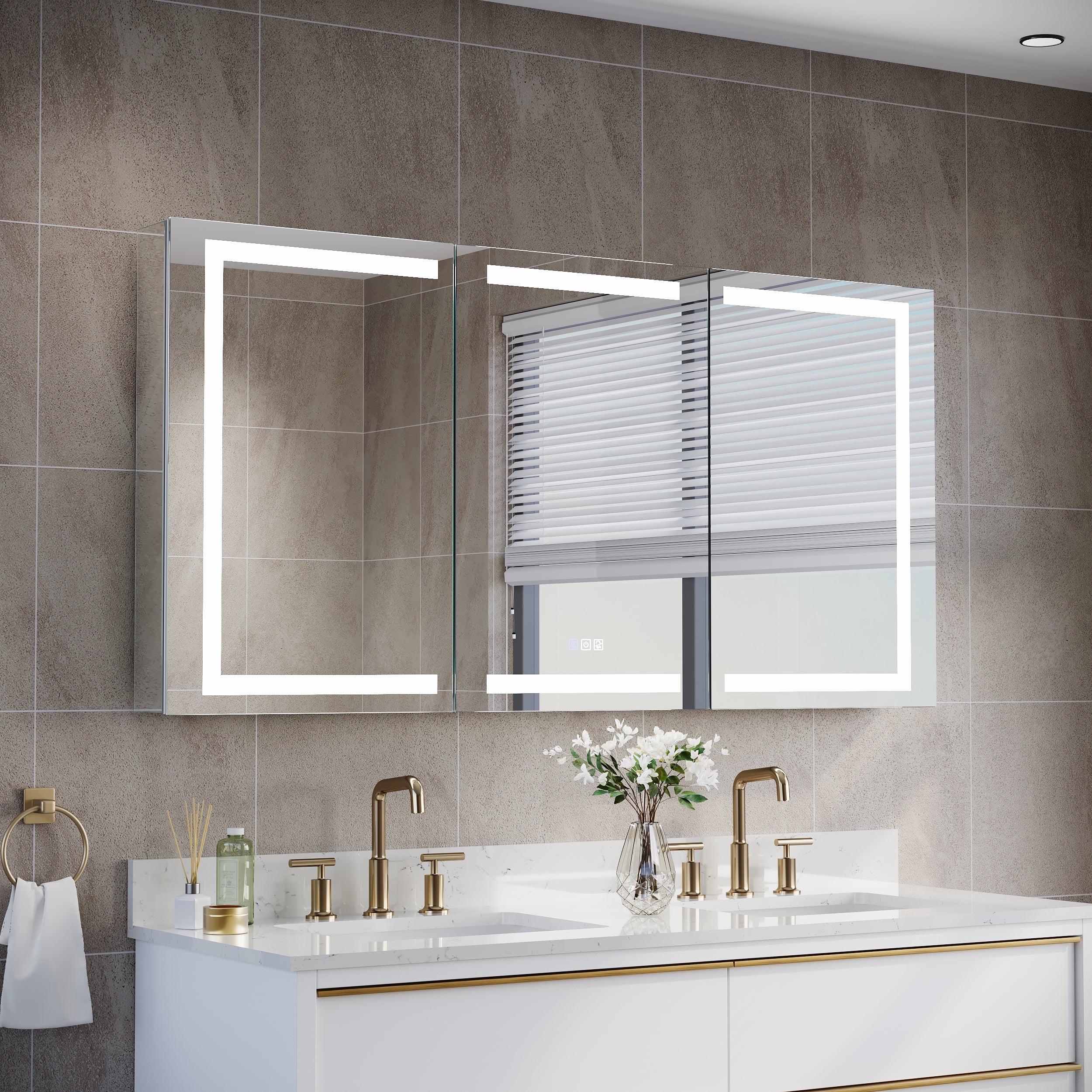


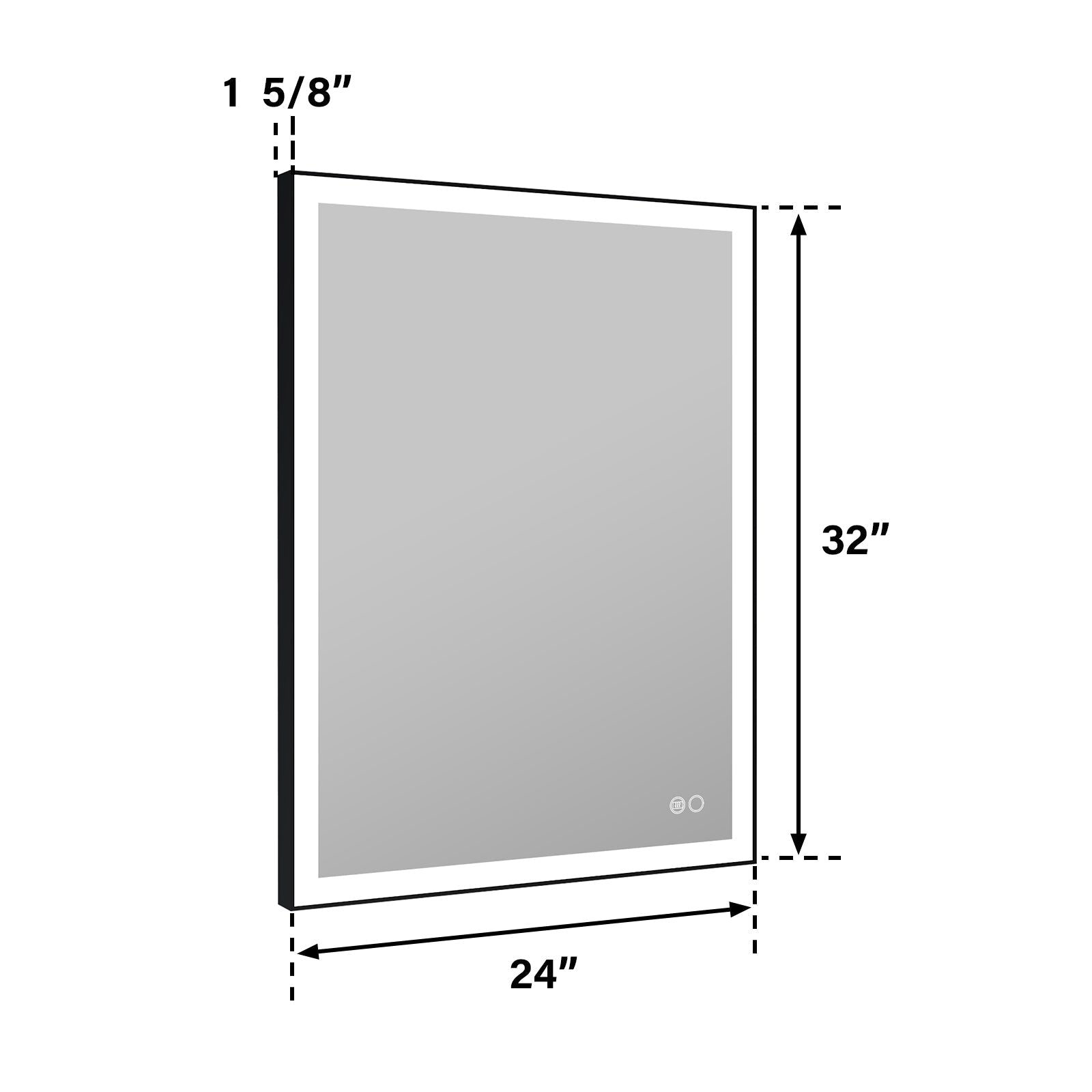
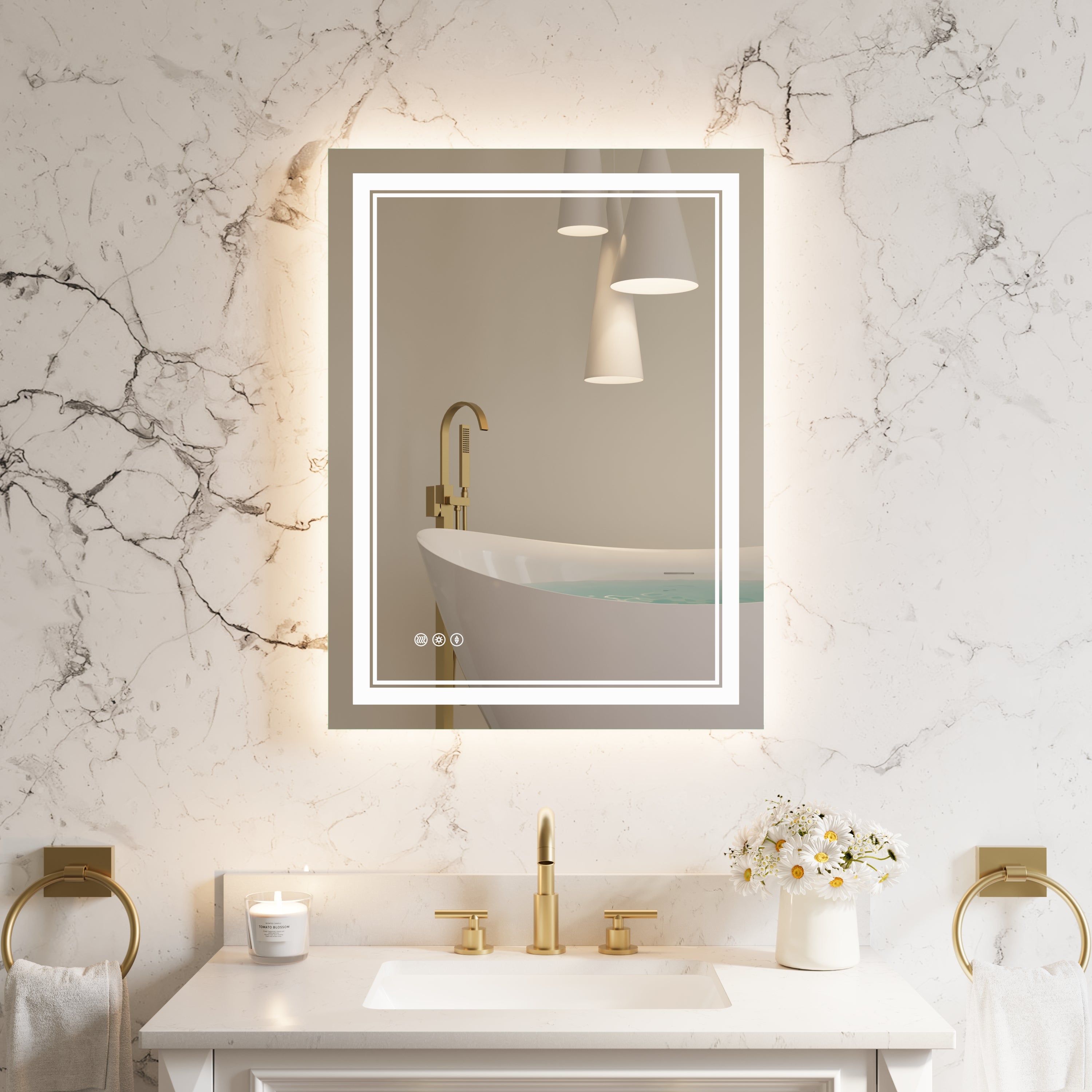
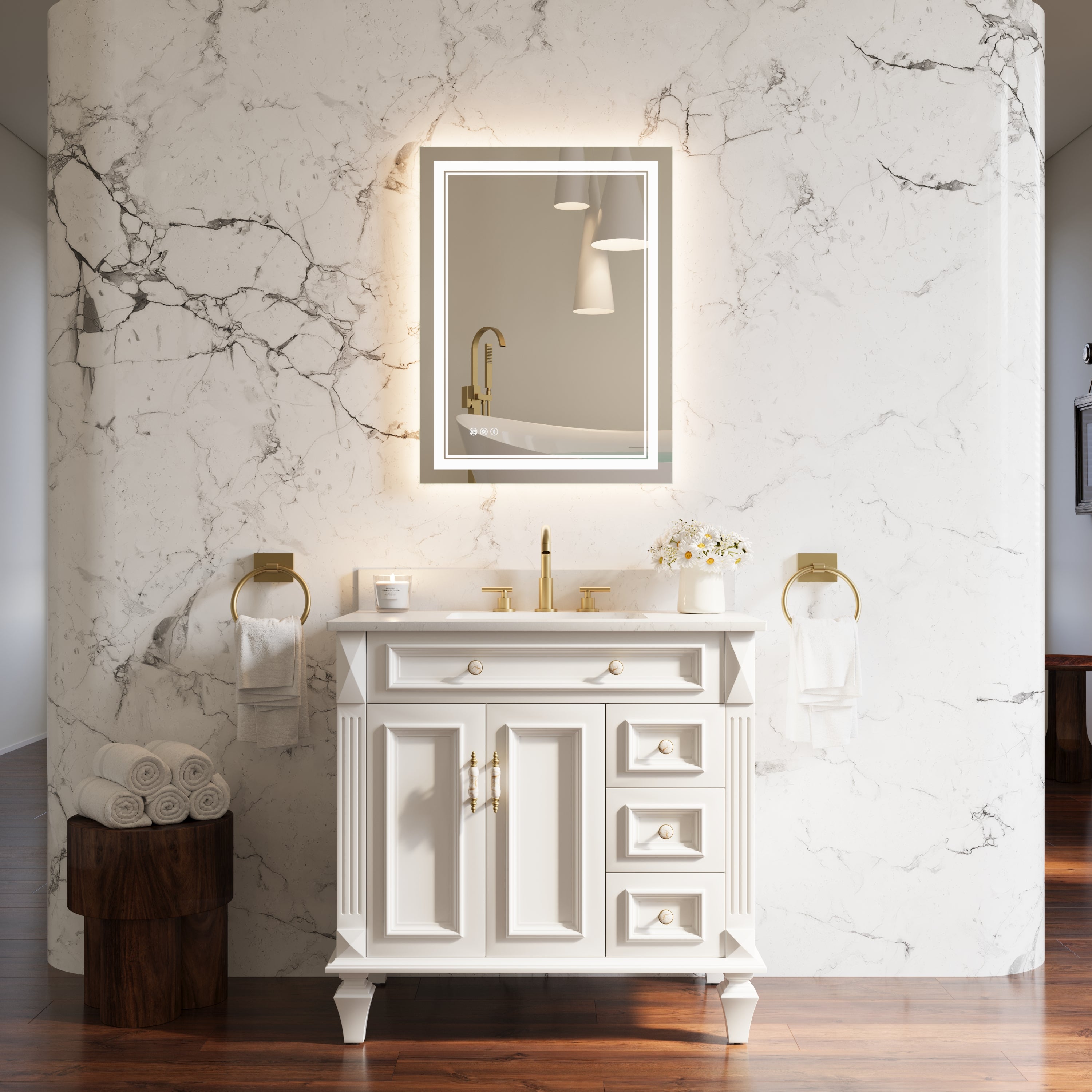
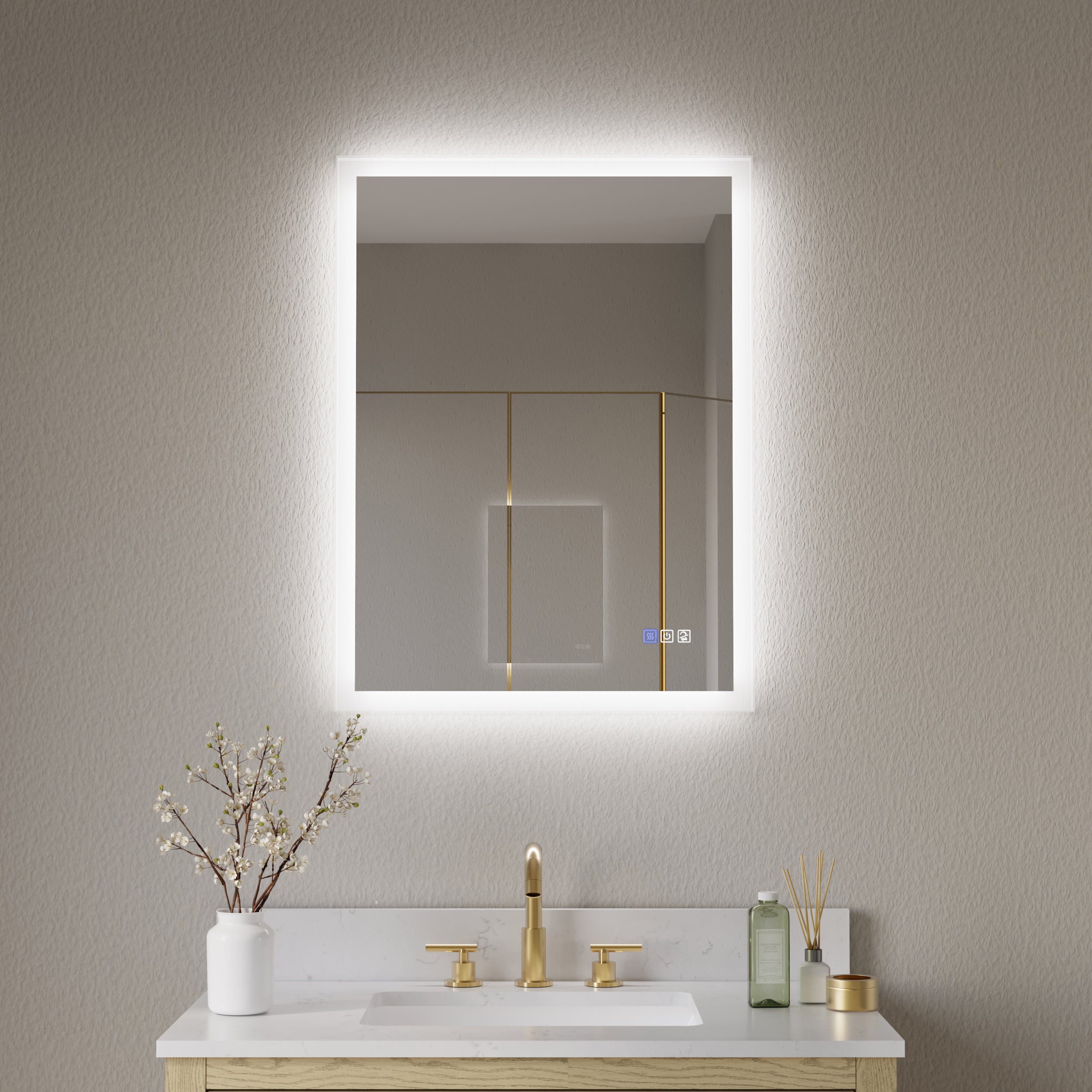

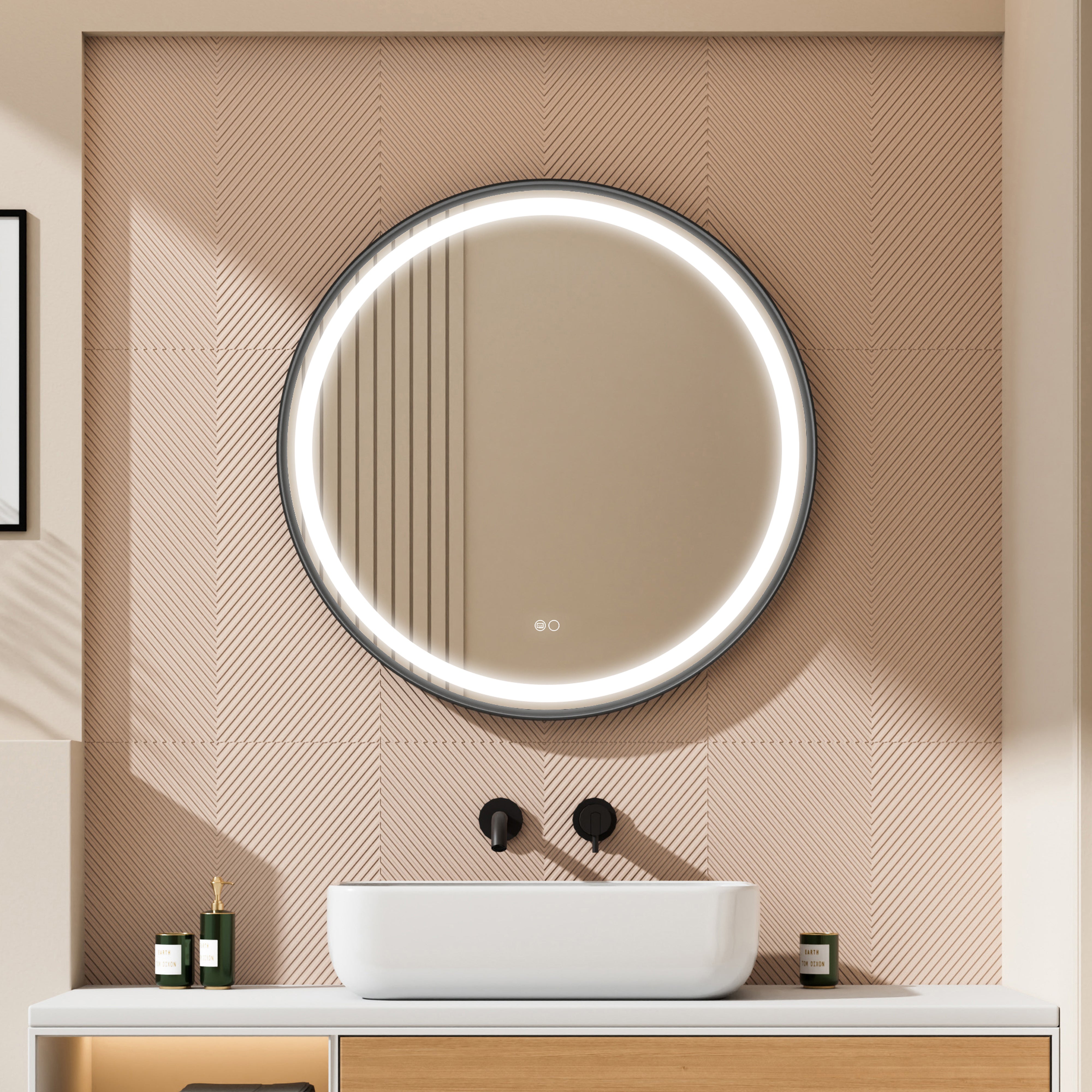
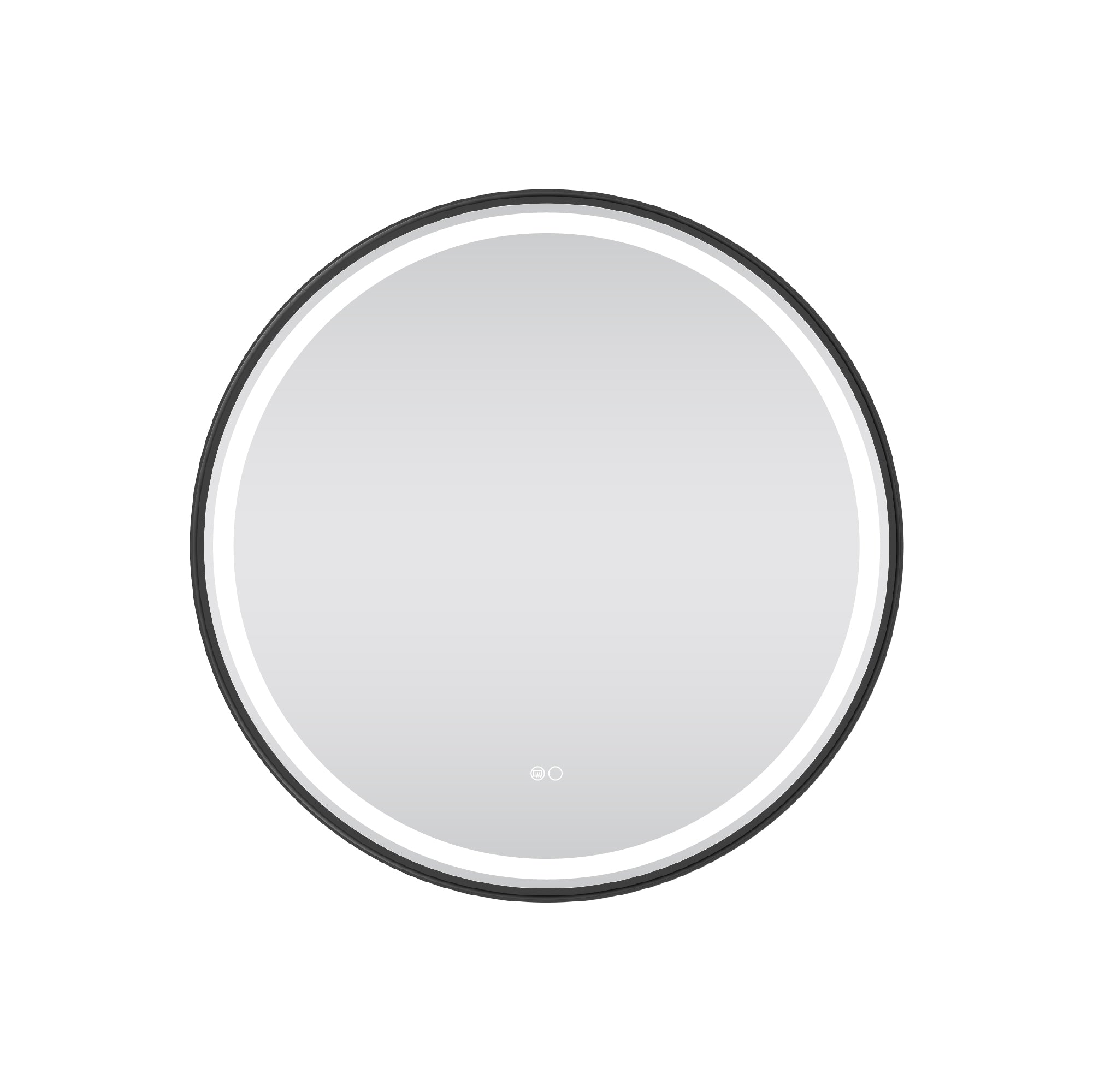


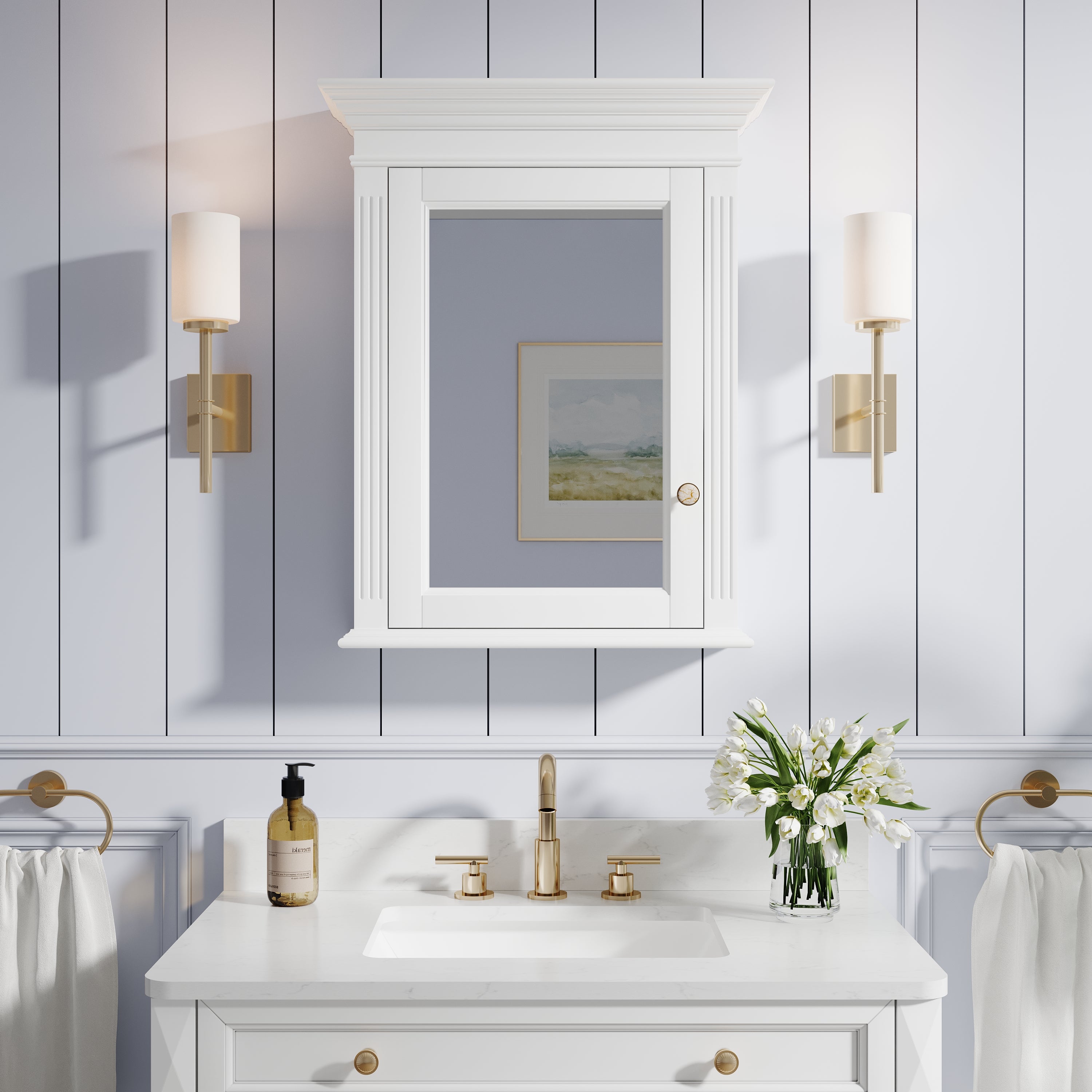
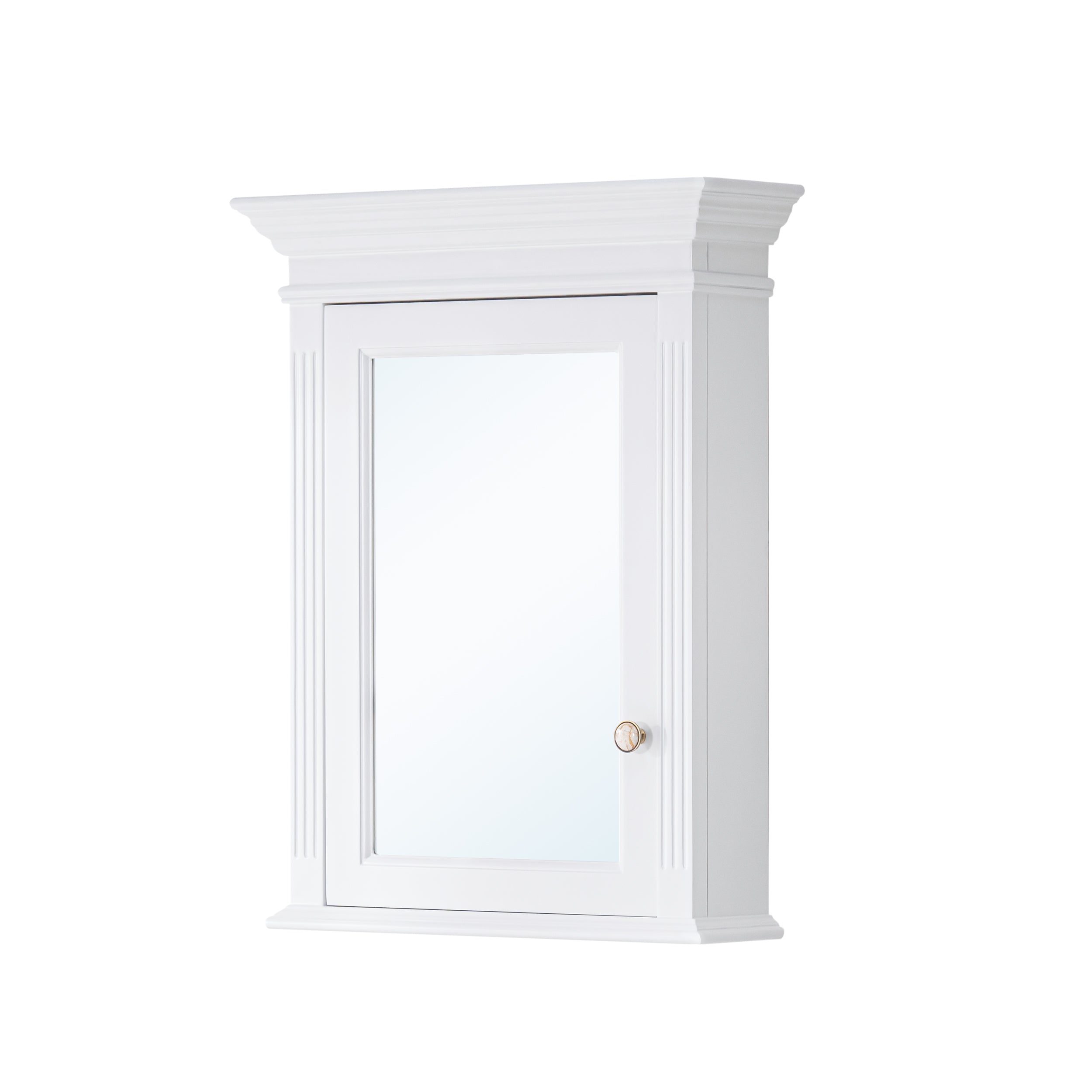
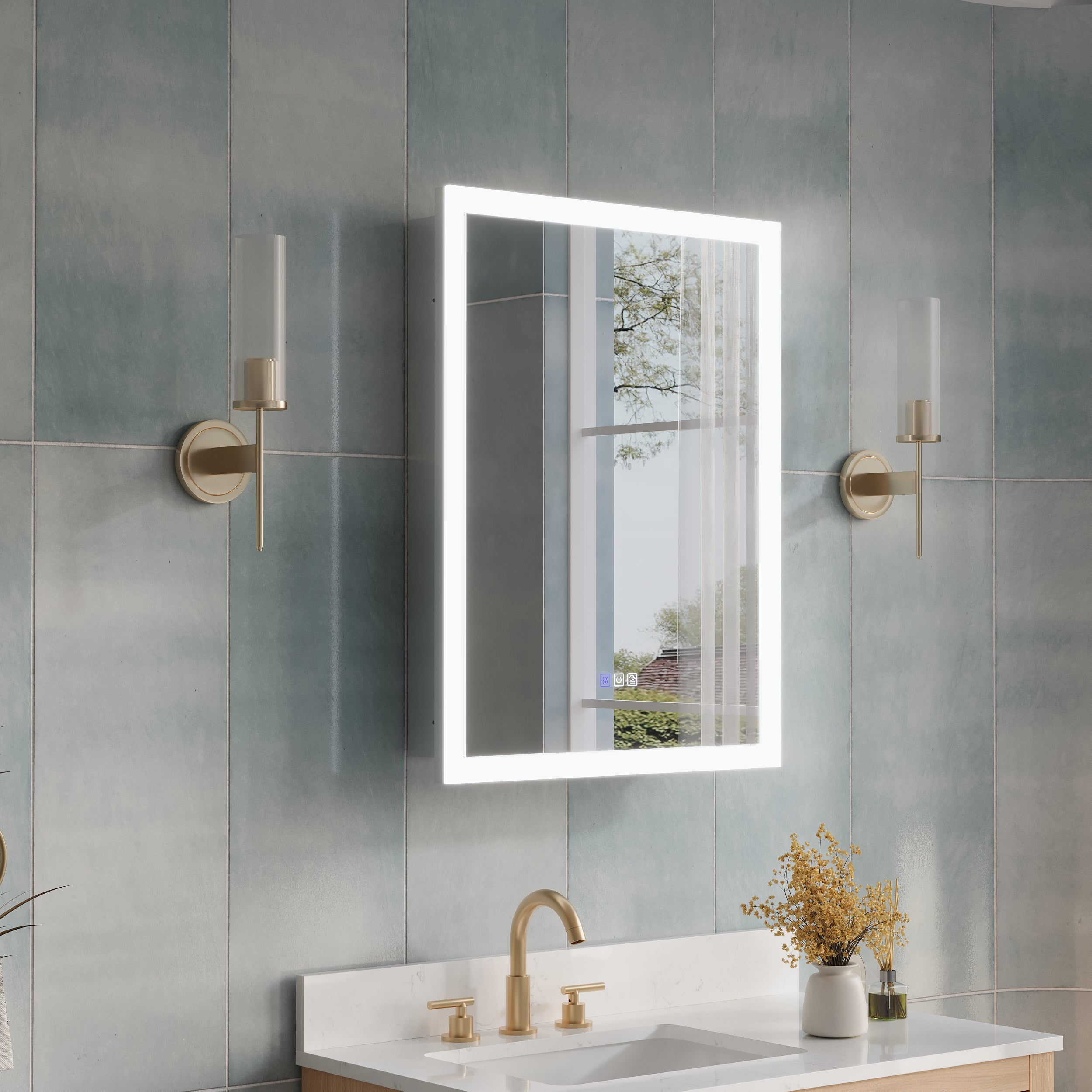
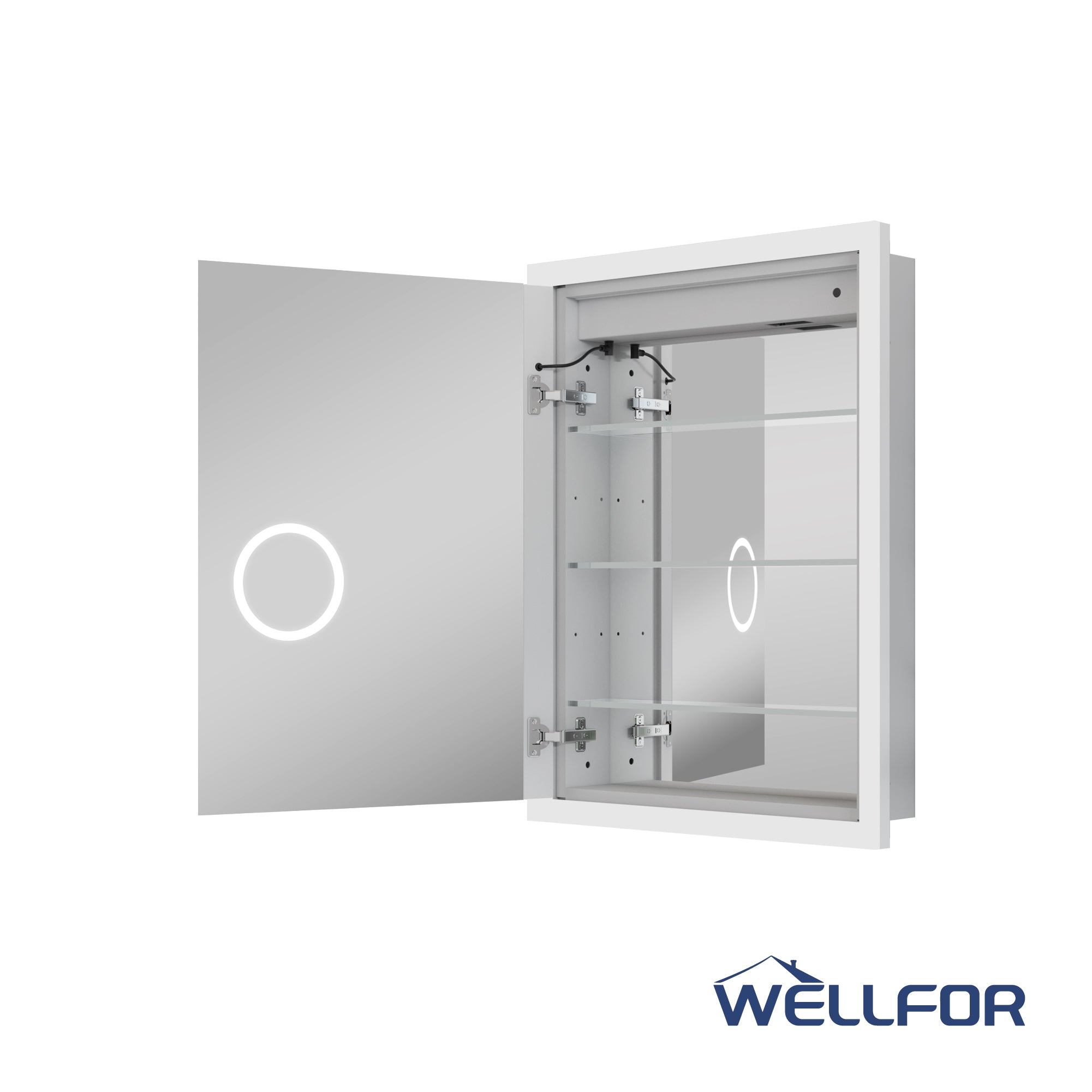
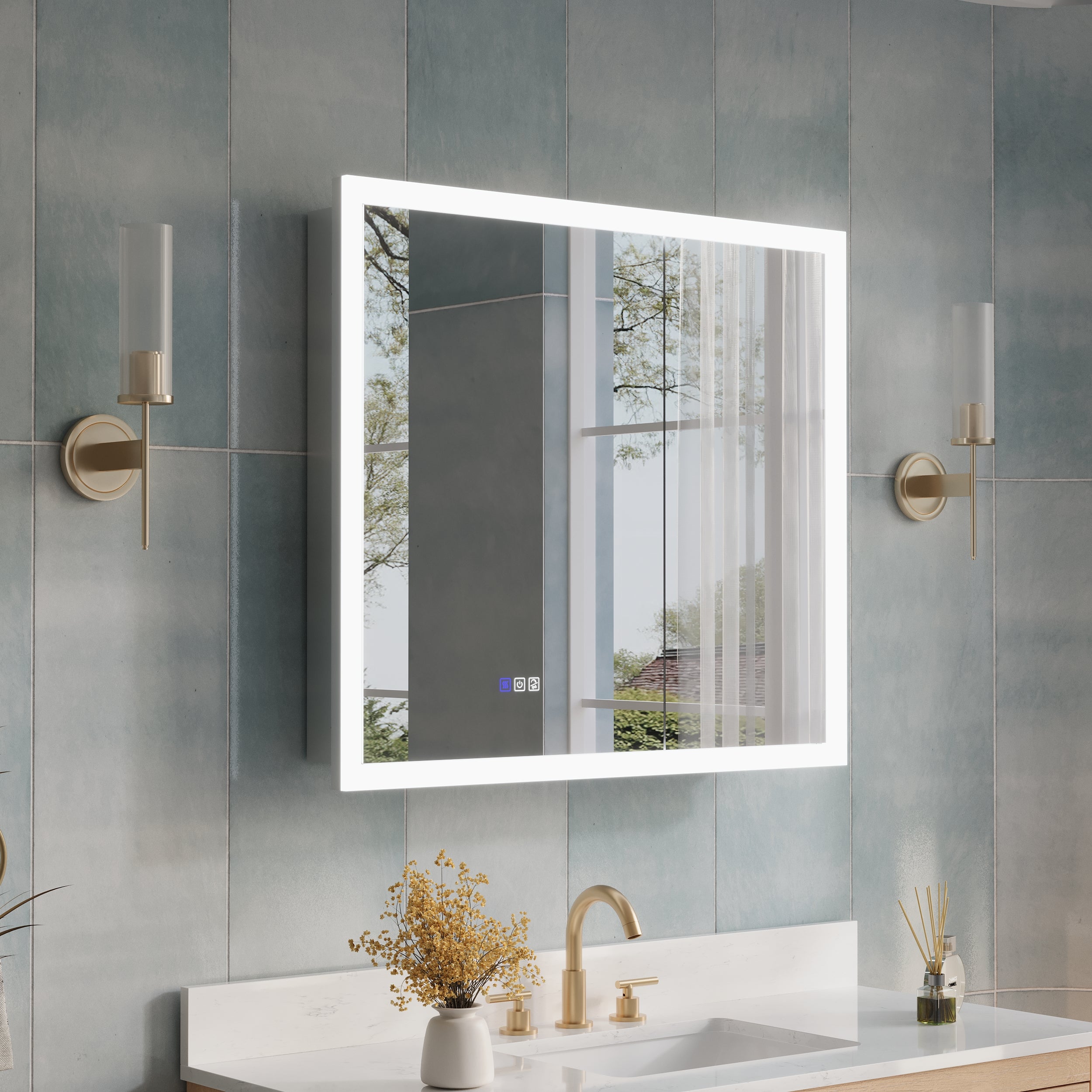




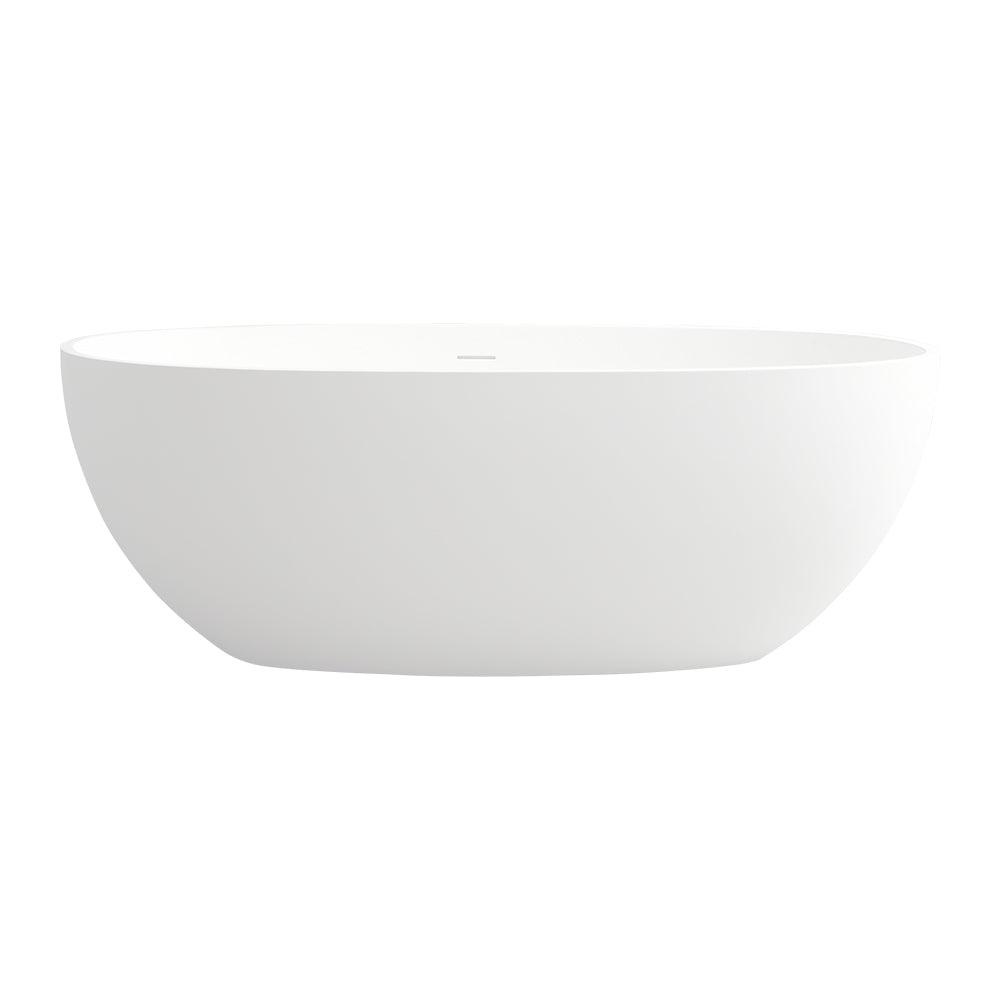
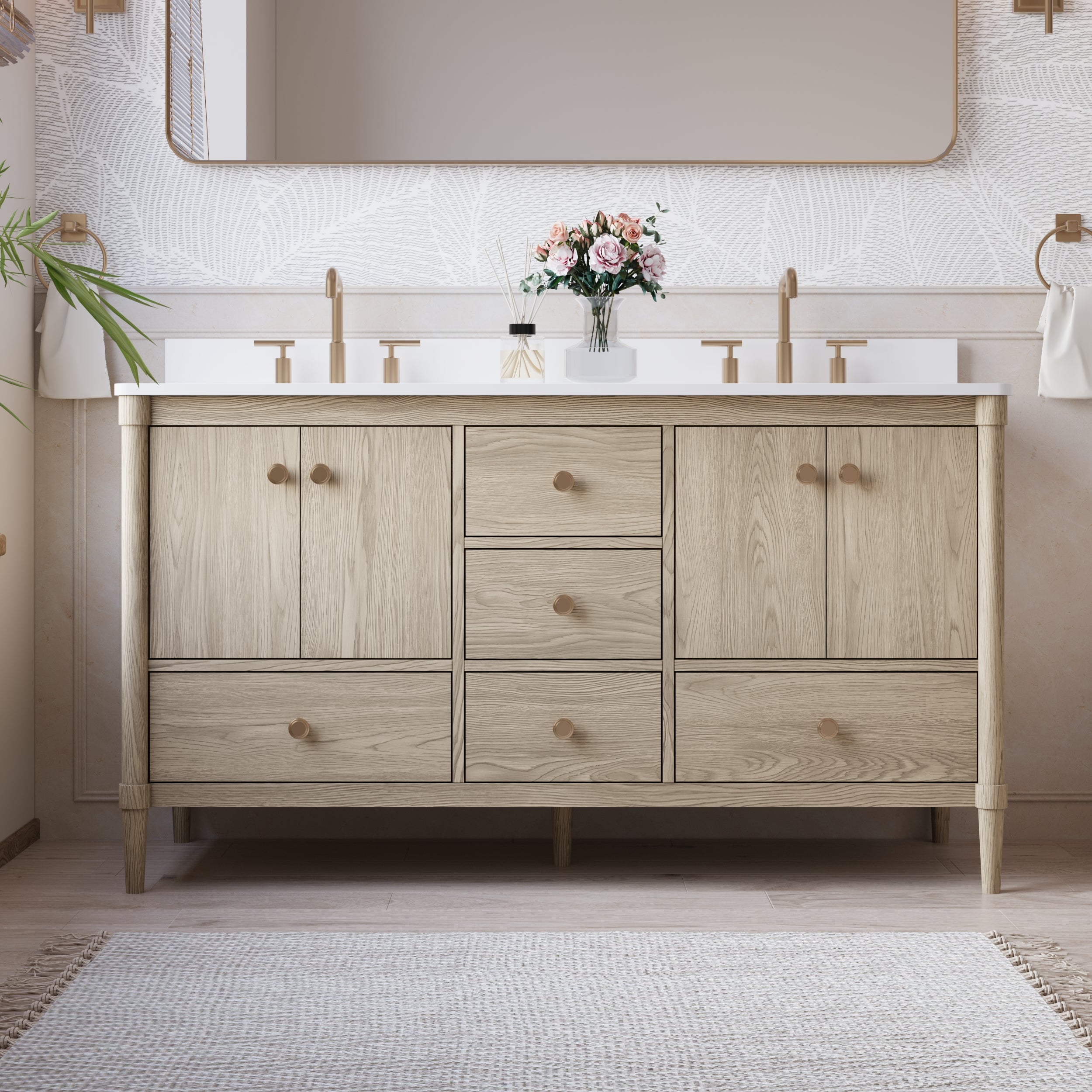
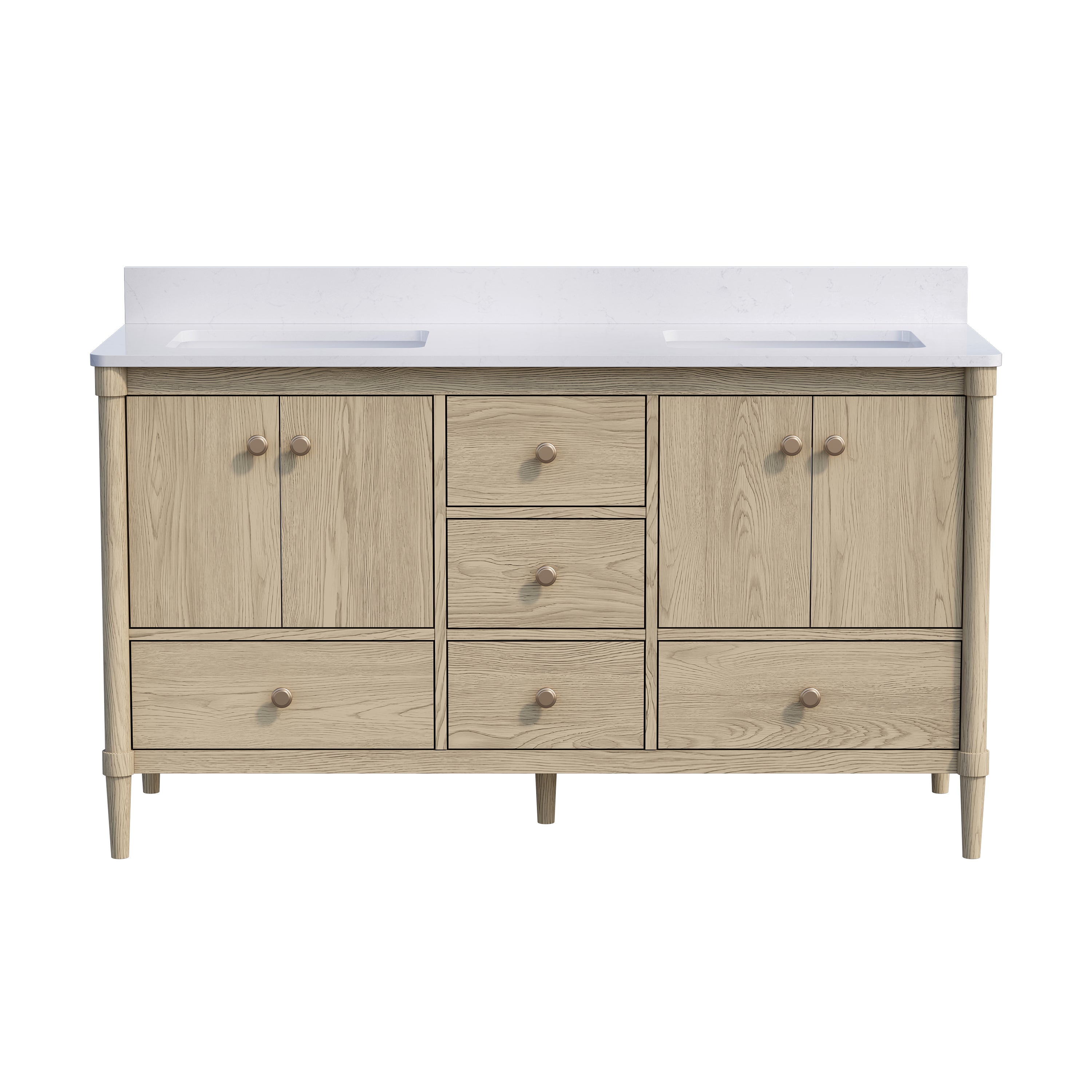
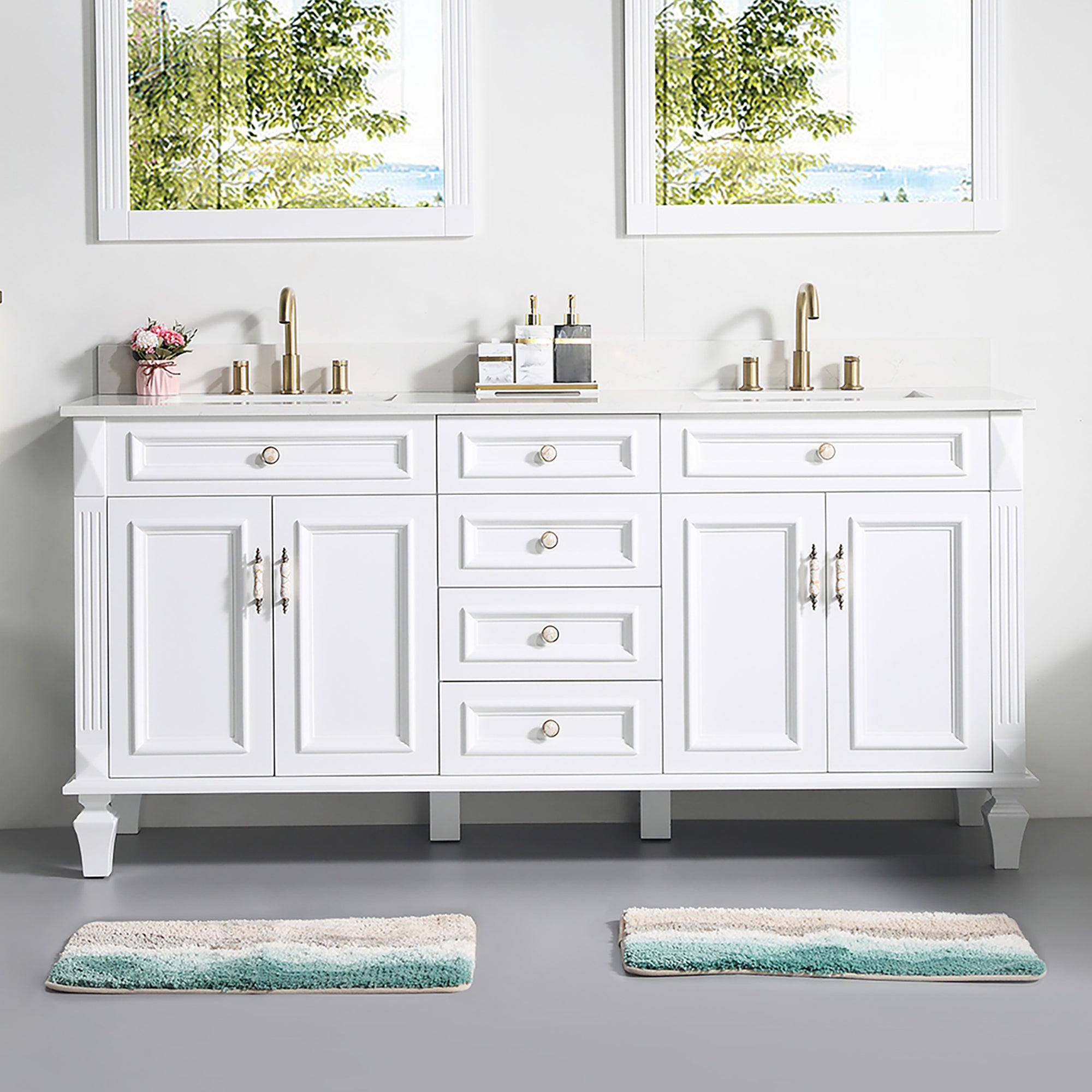

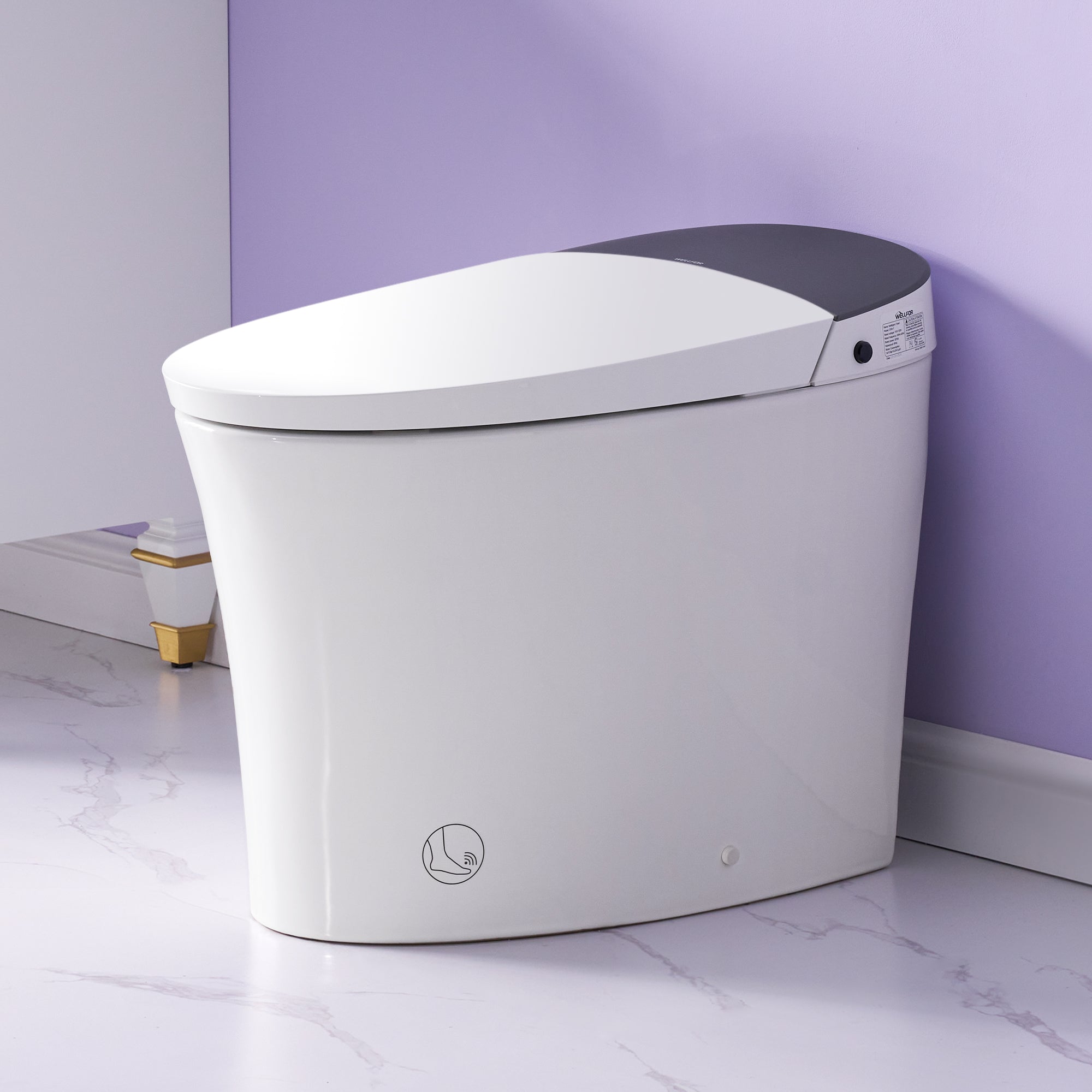
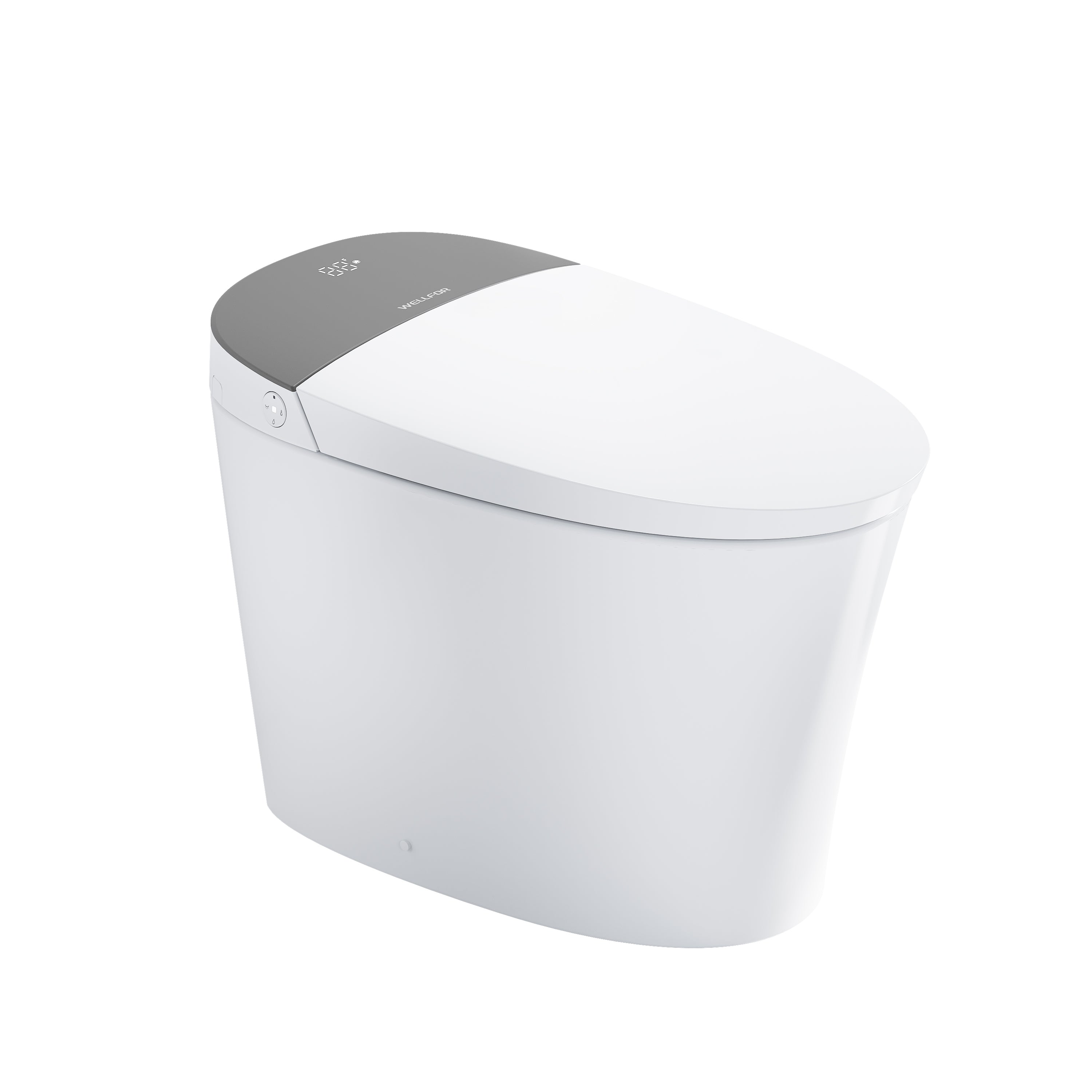

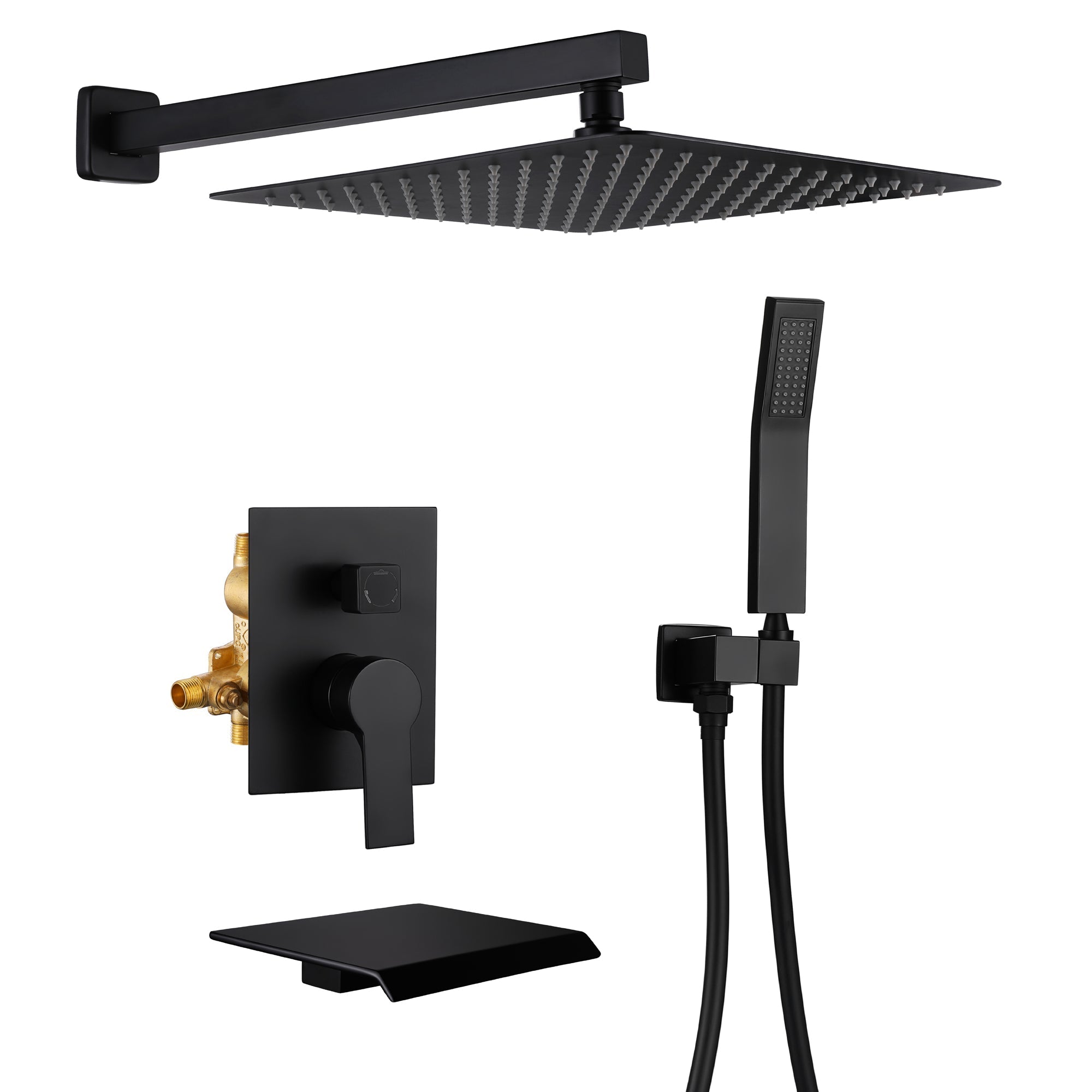
Leave a comment
This site is protected by hCaptcha and the hCaptcha Privacy Policy and Terms of Service apply.